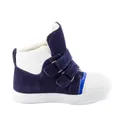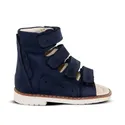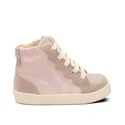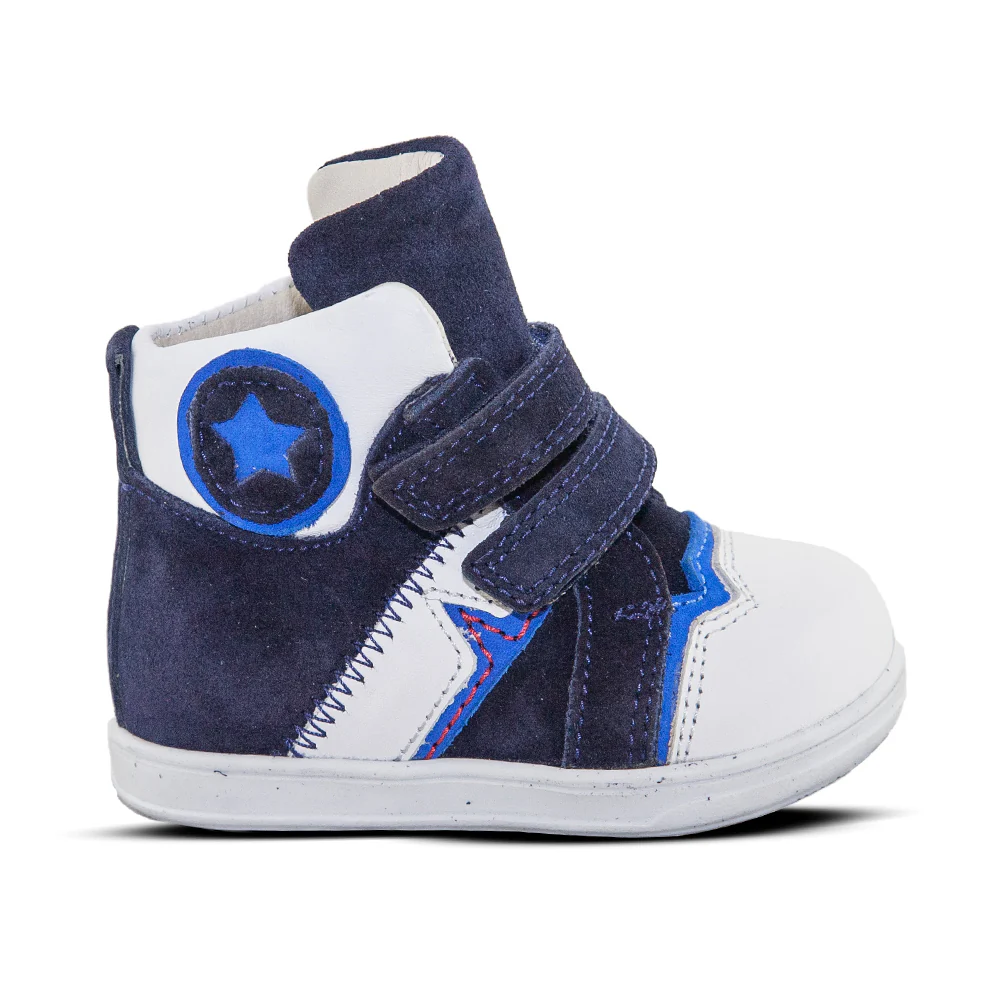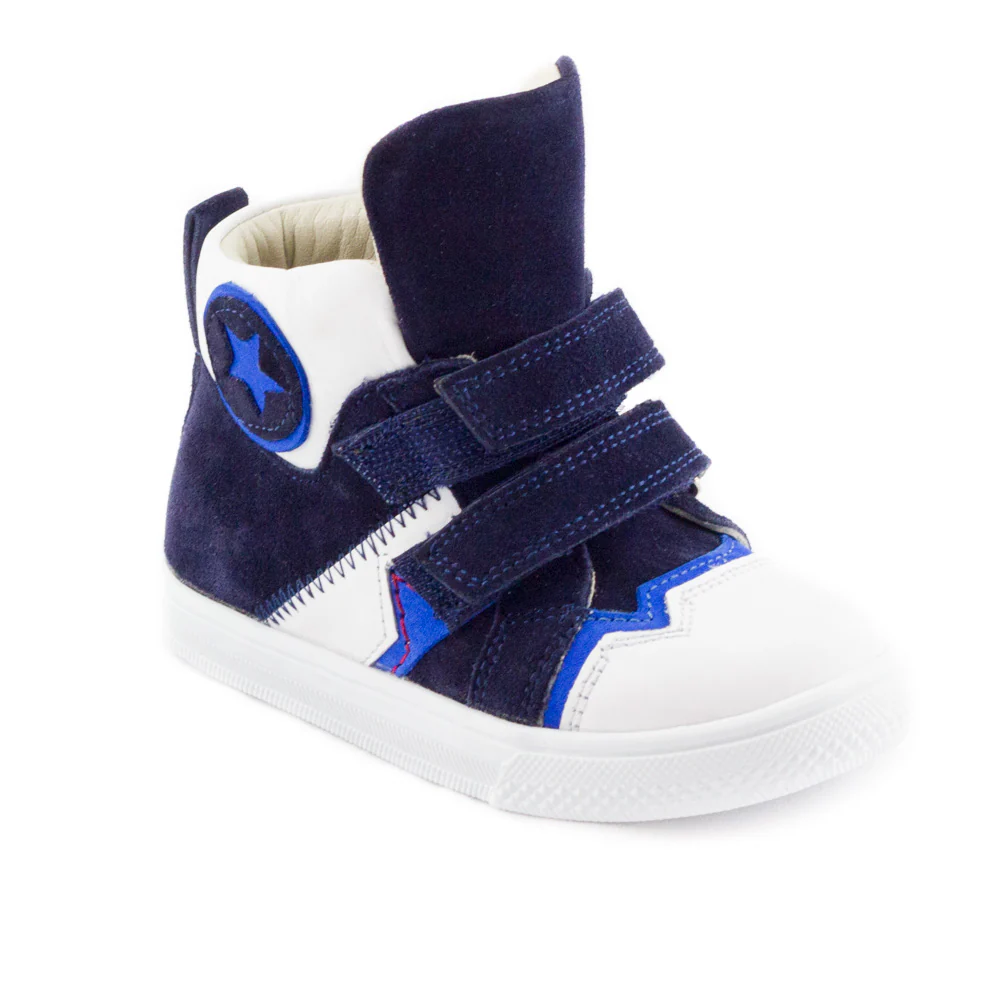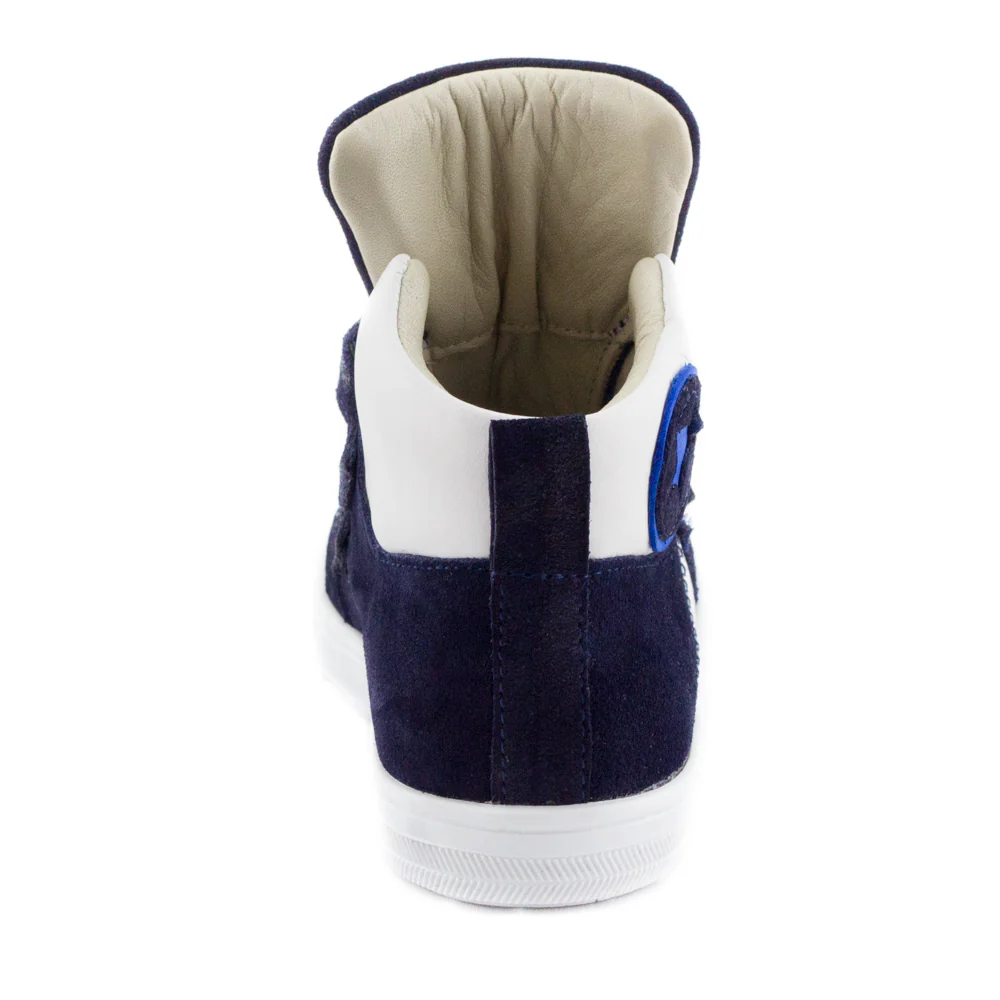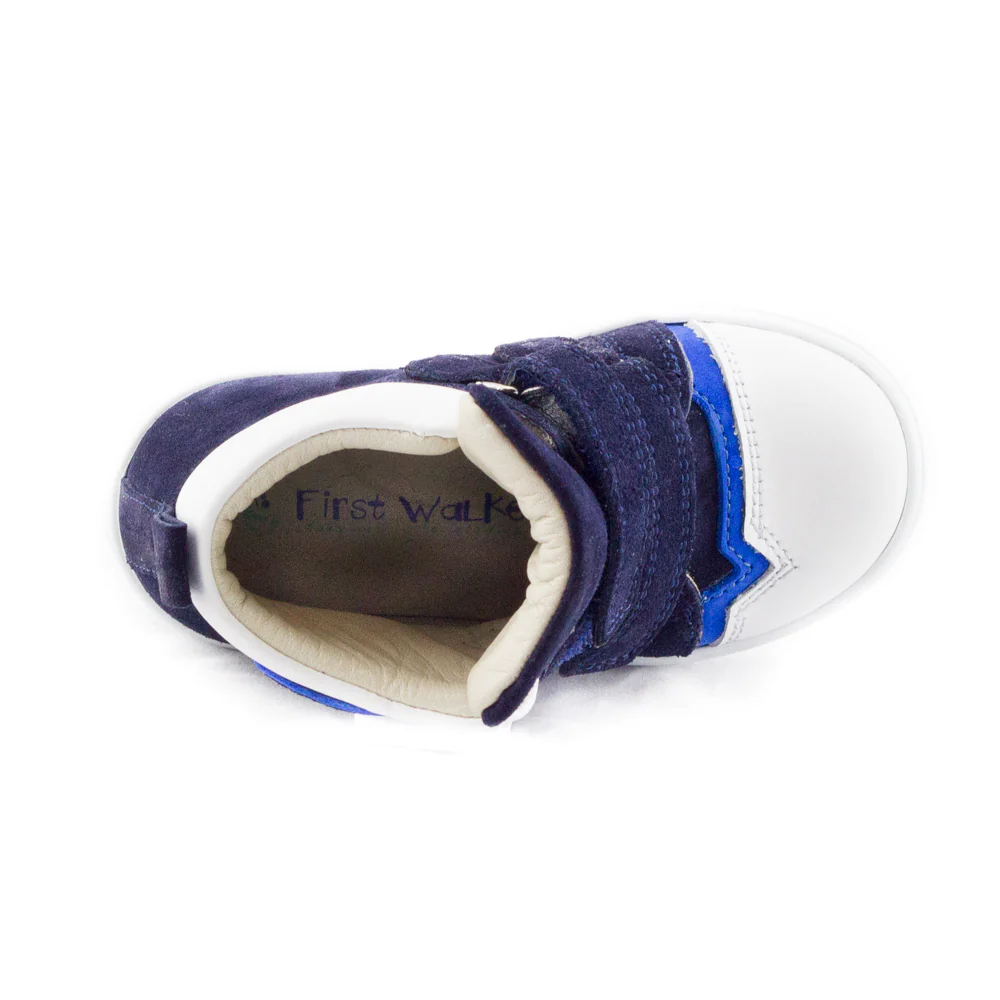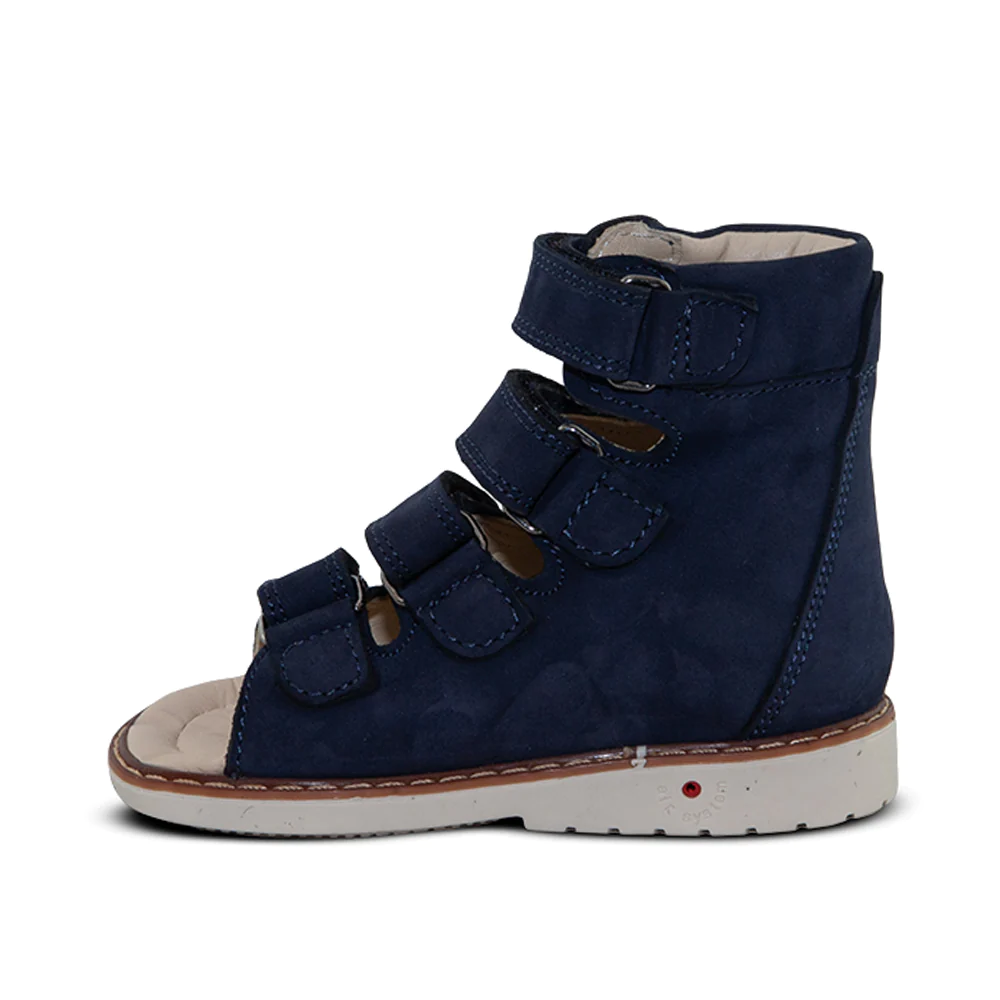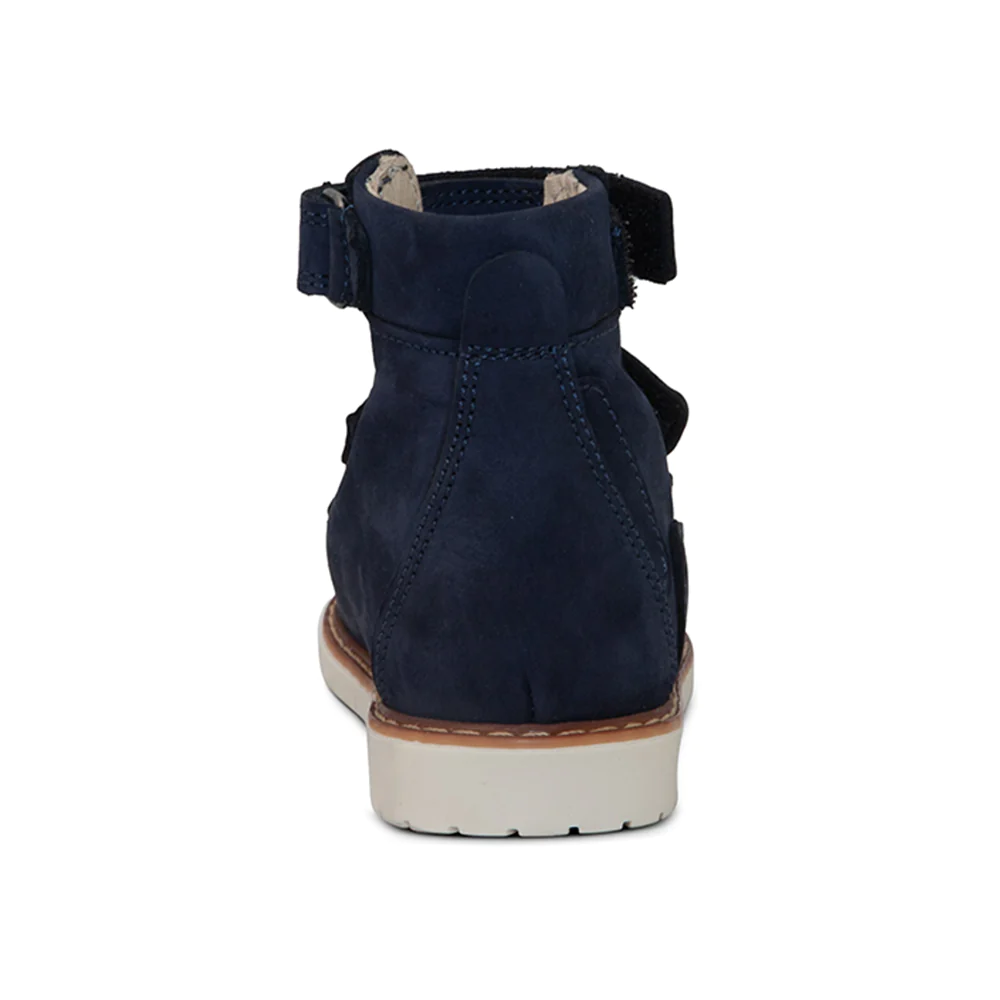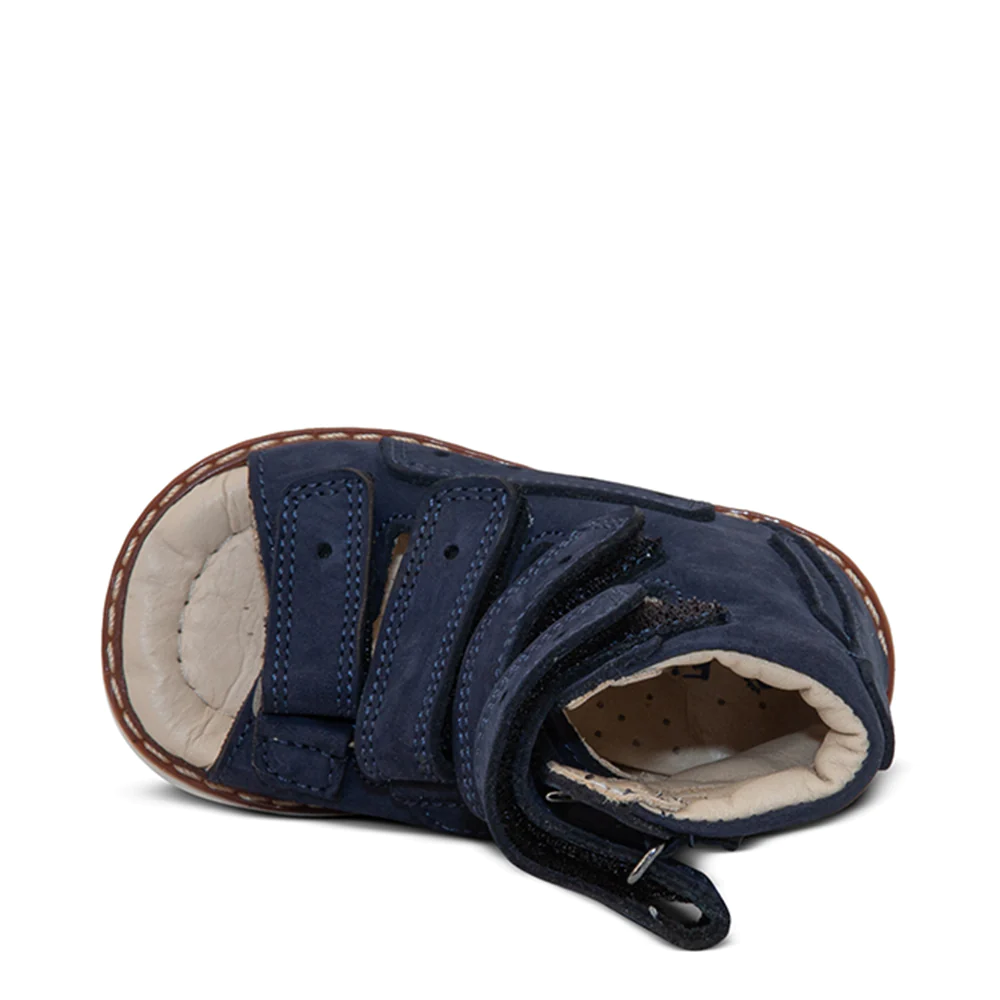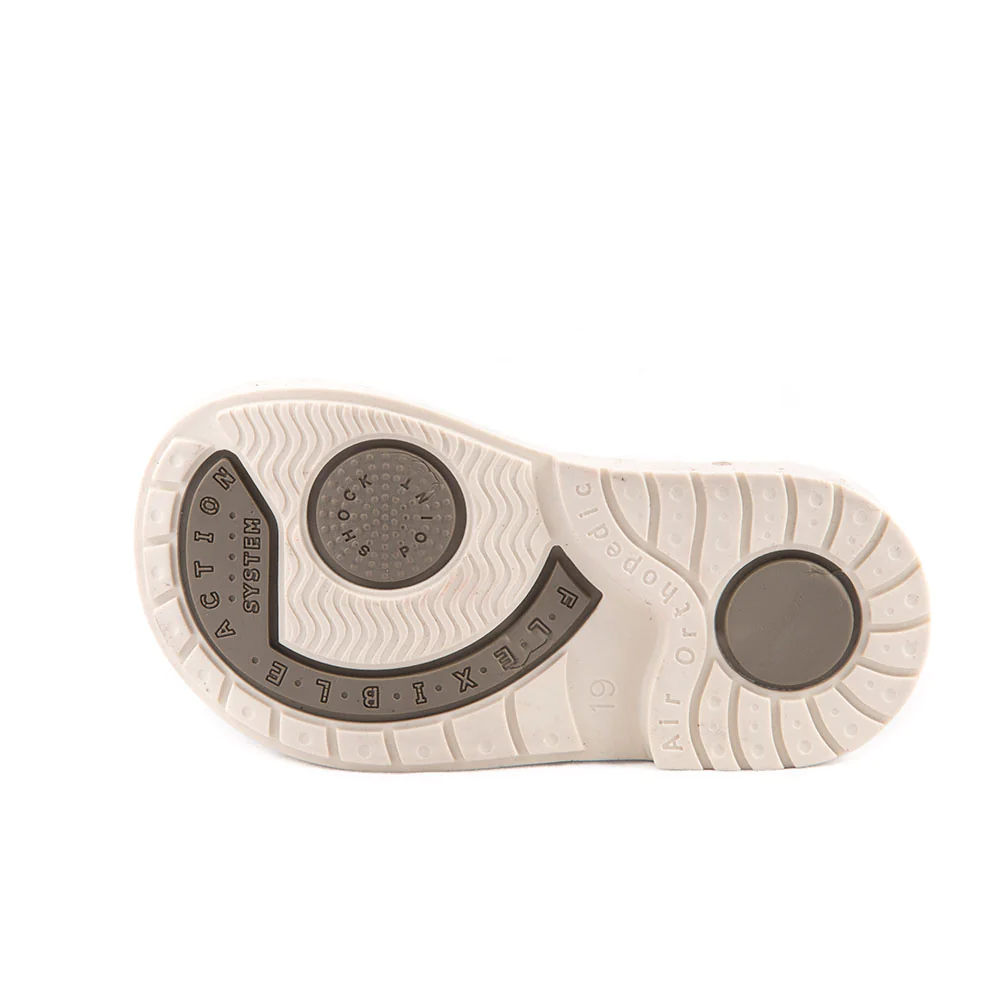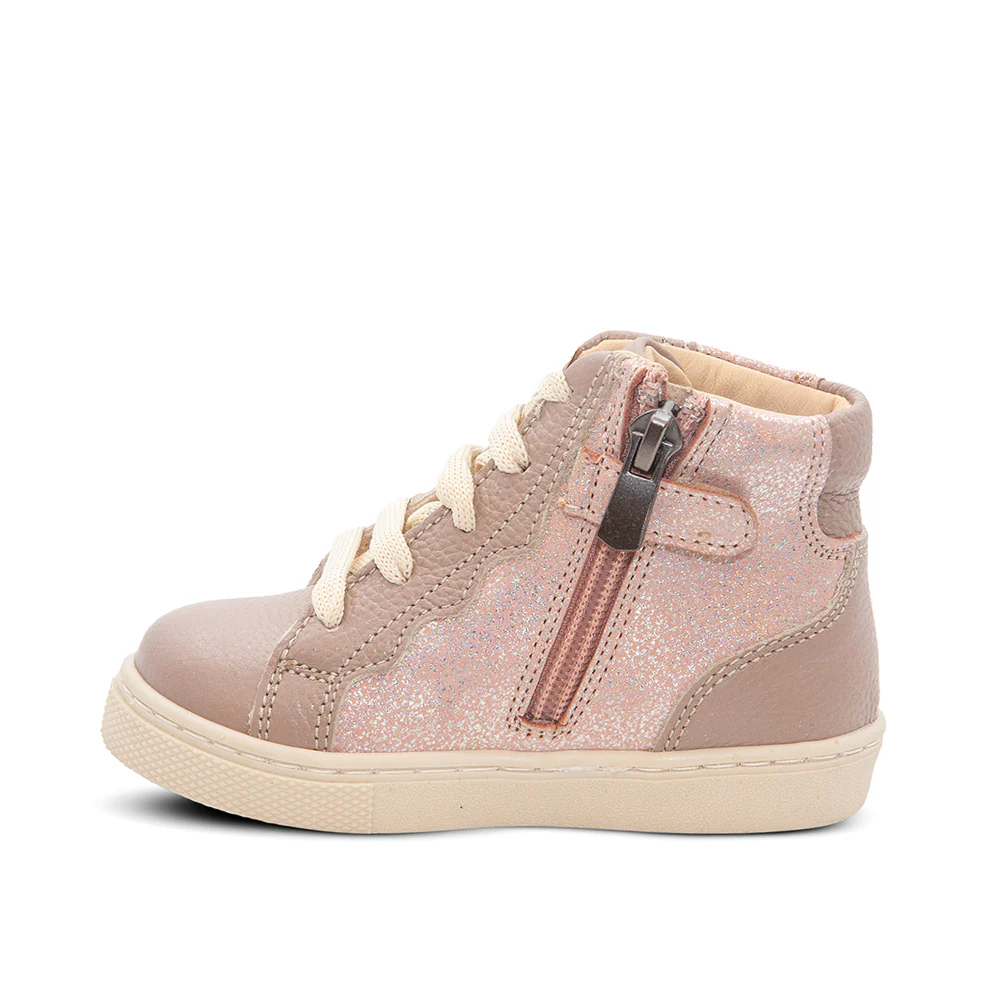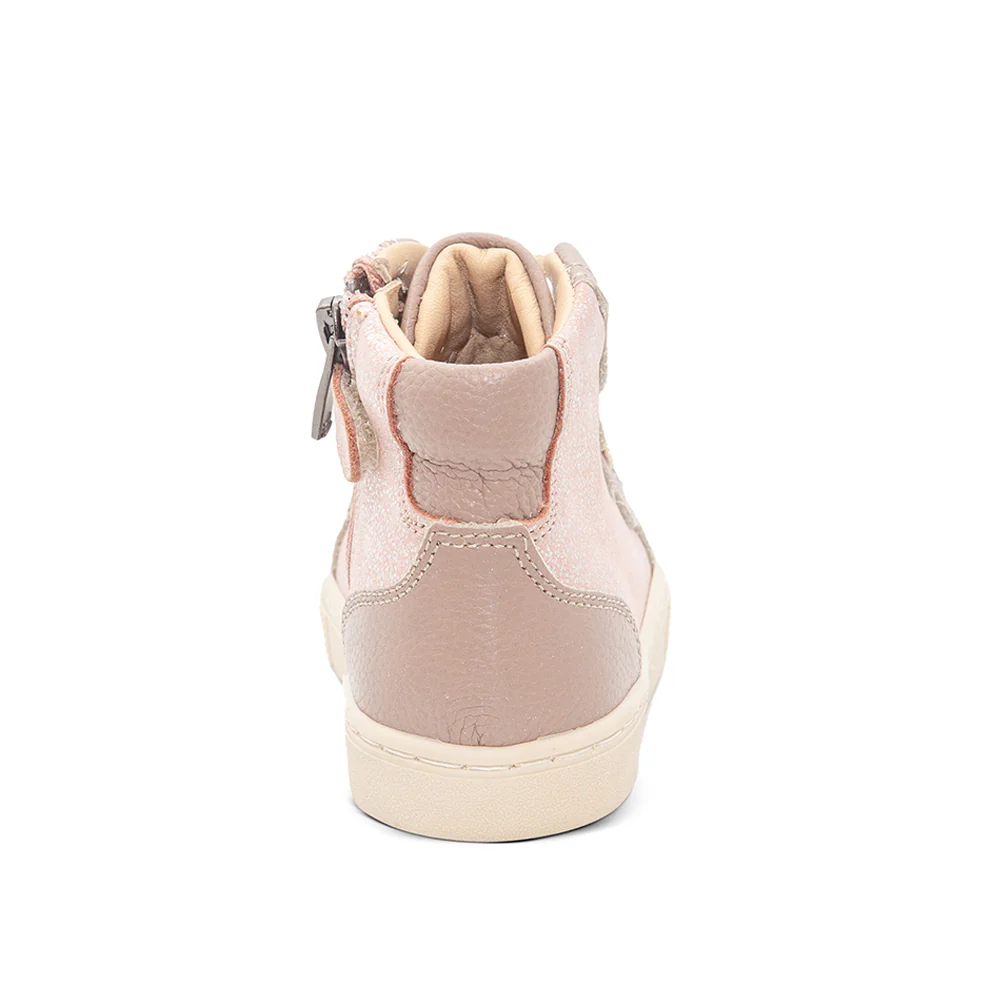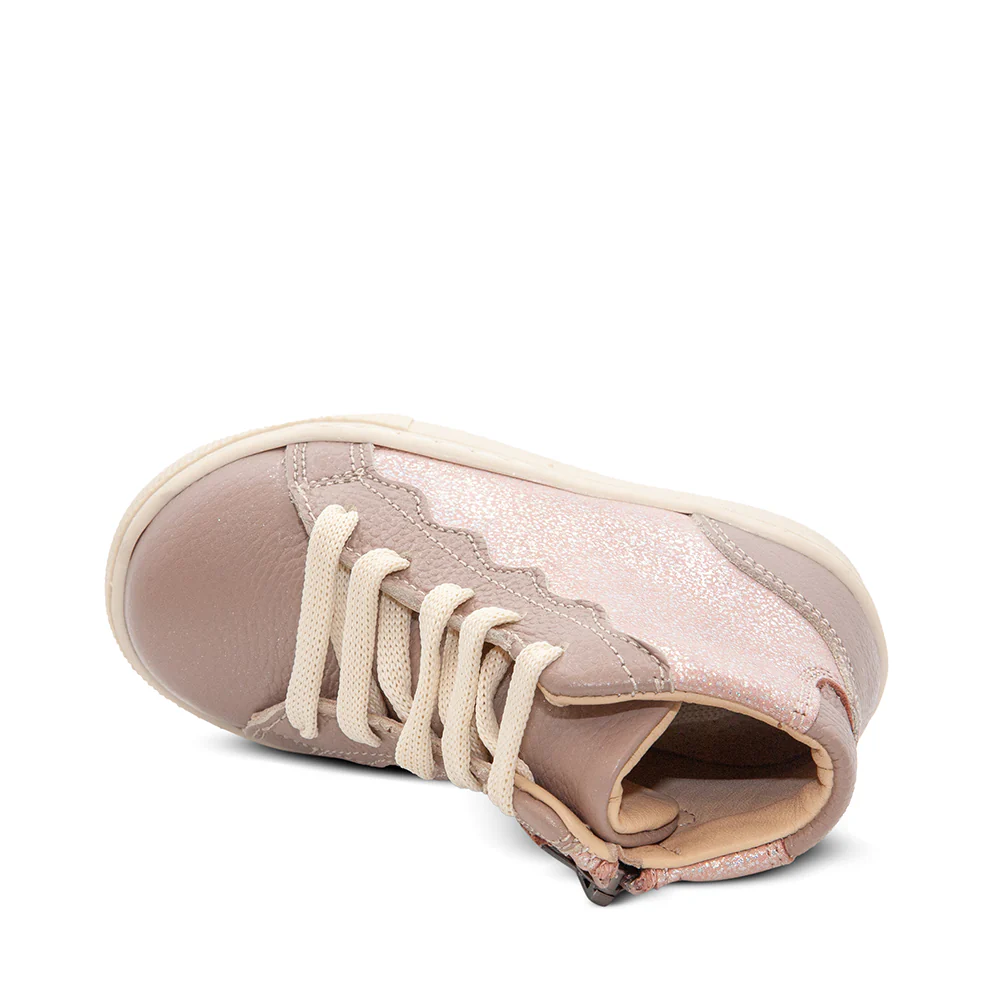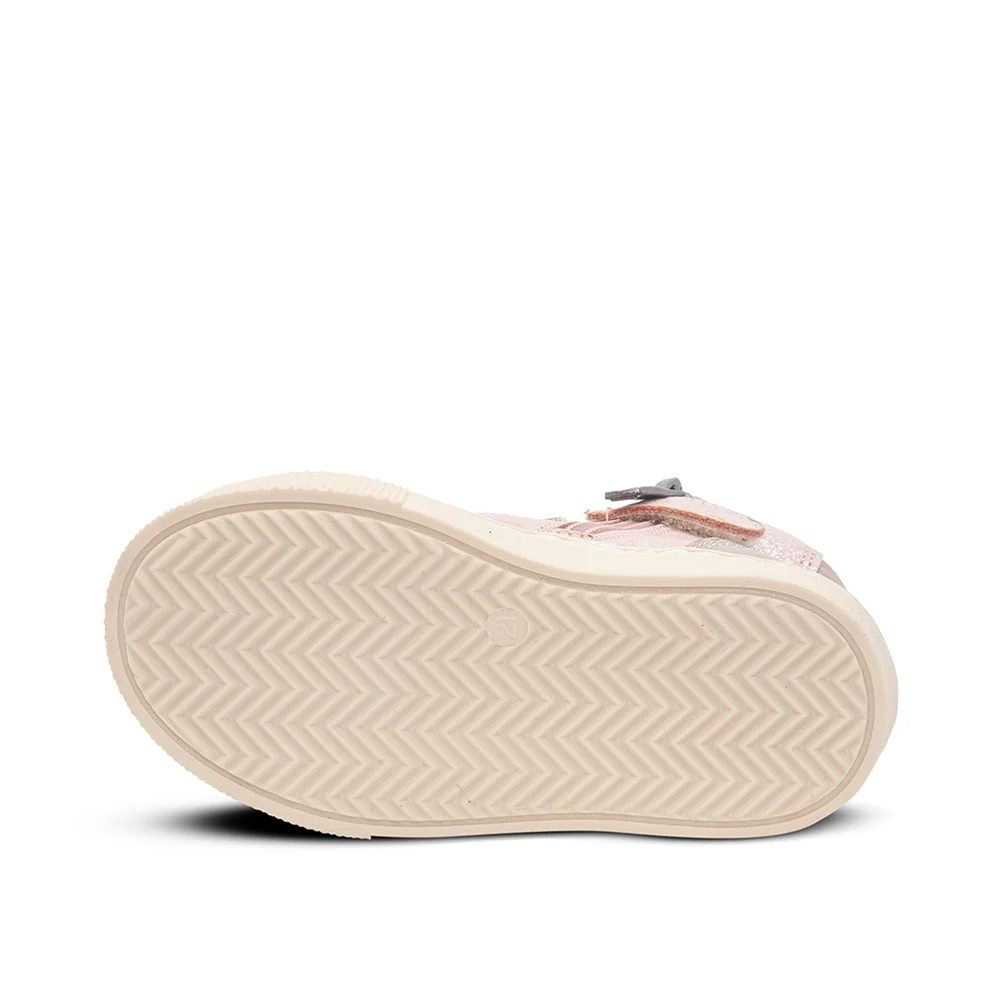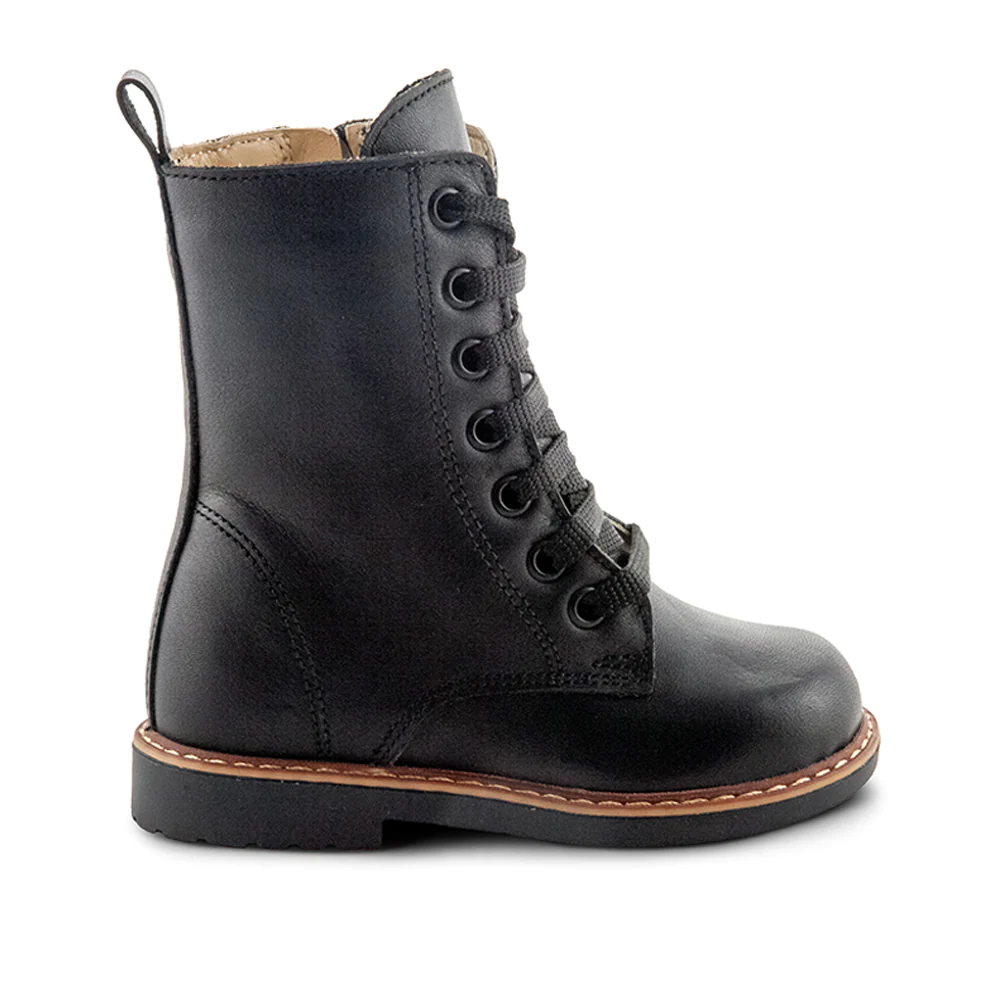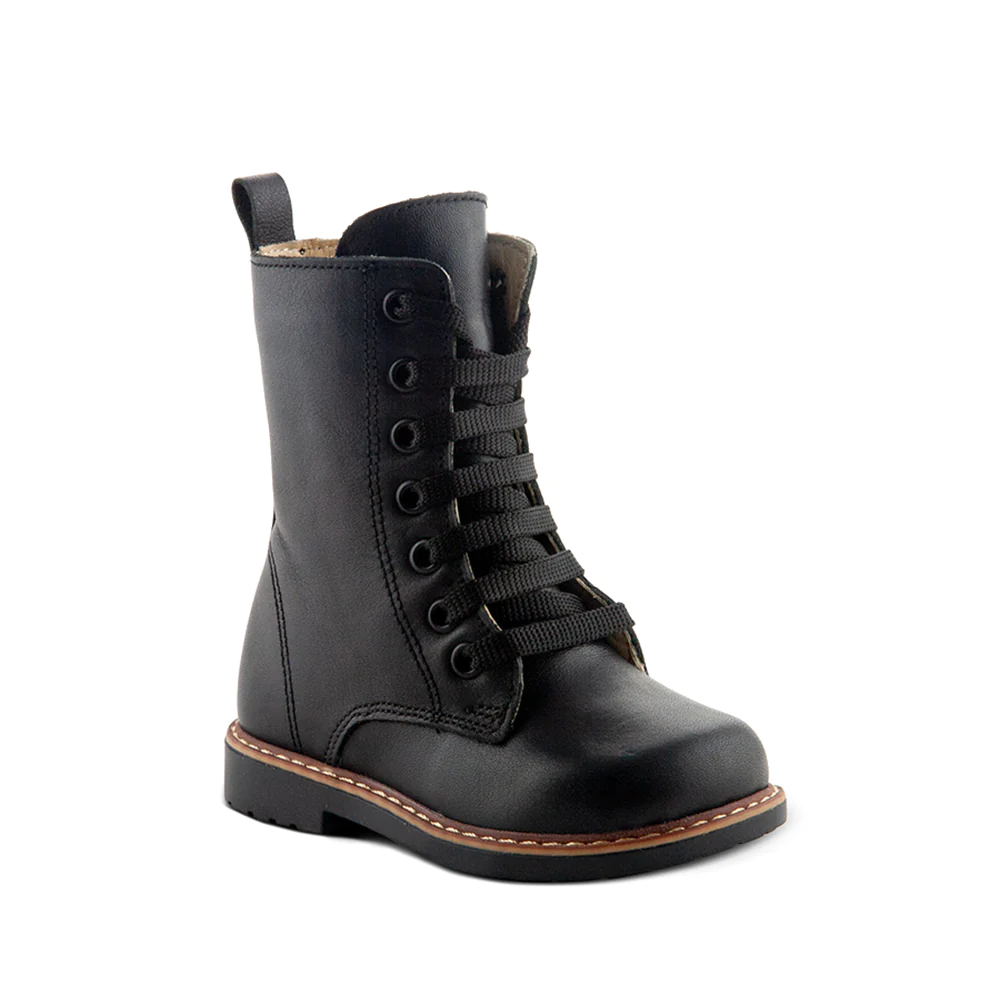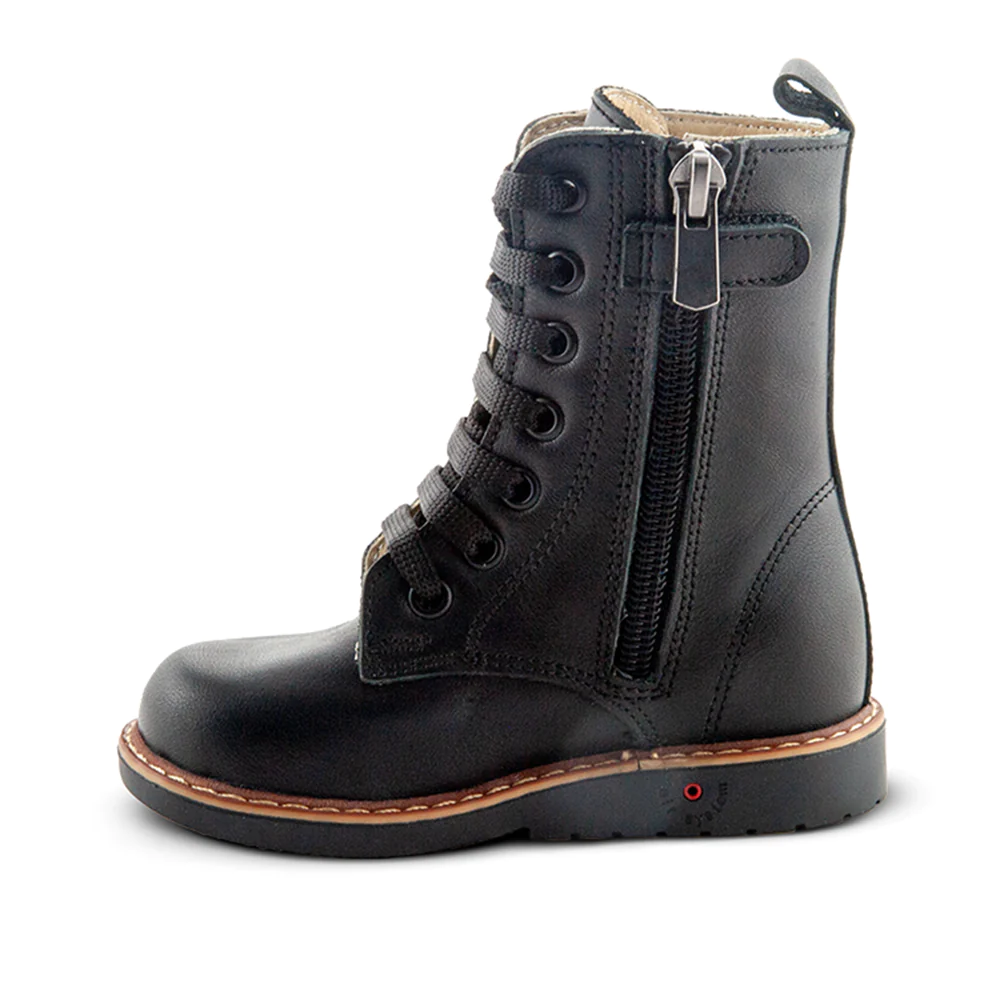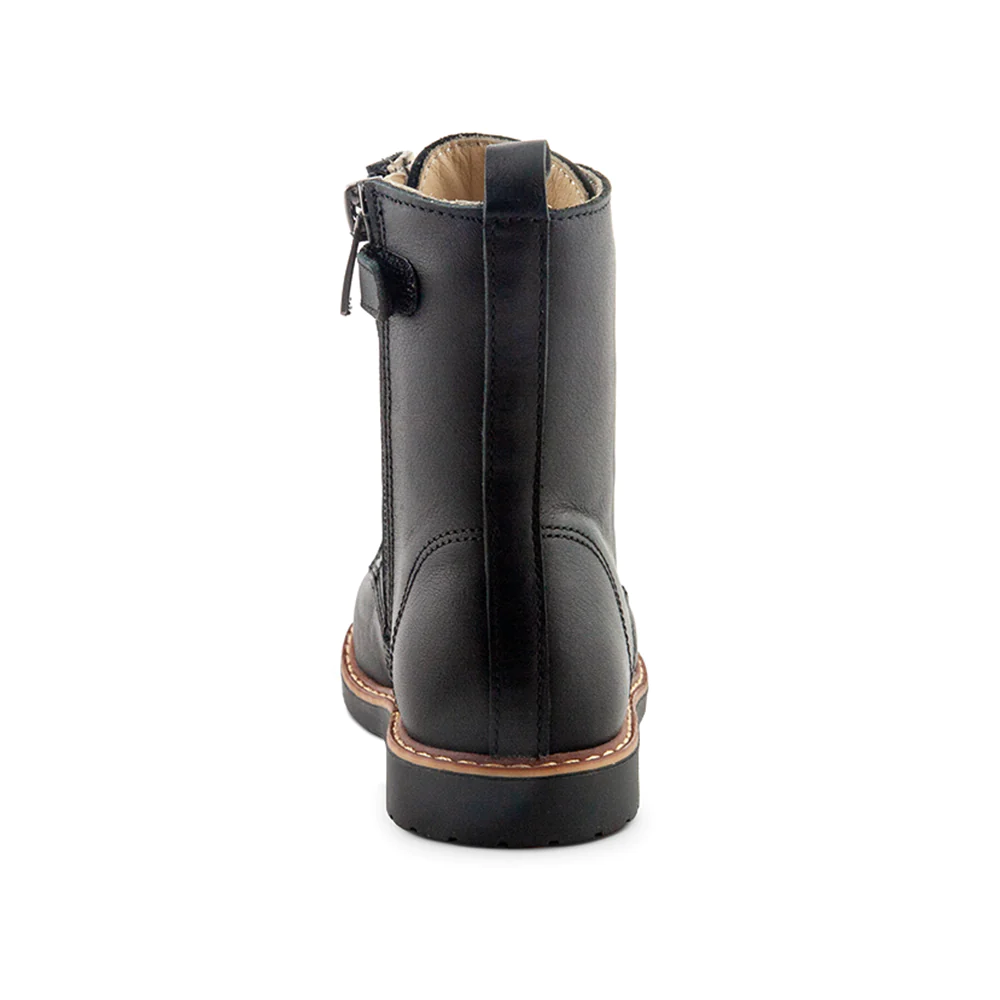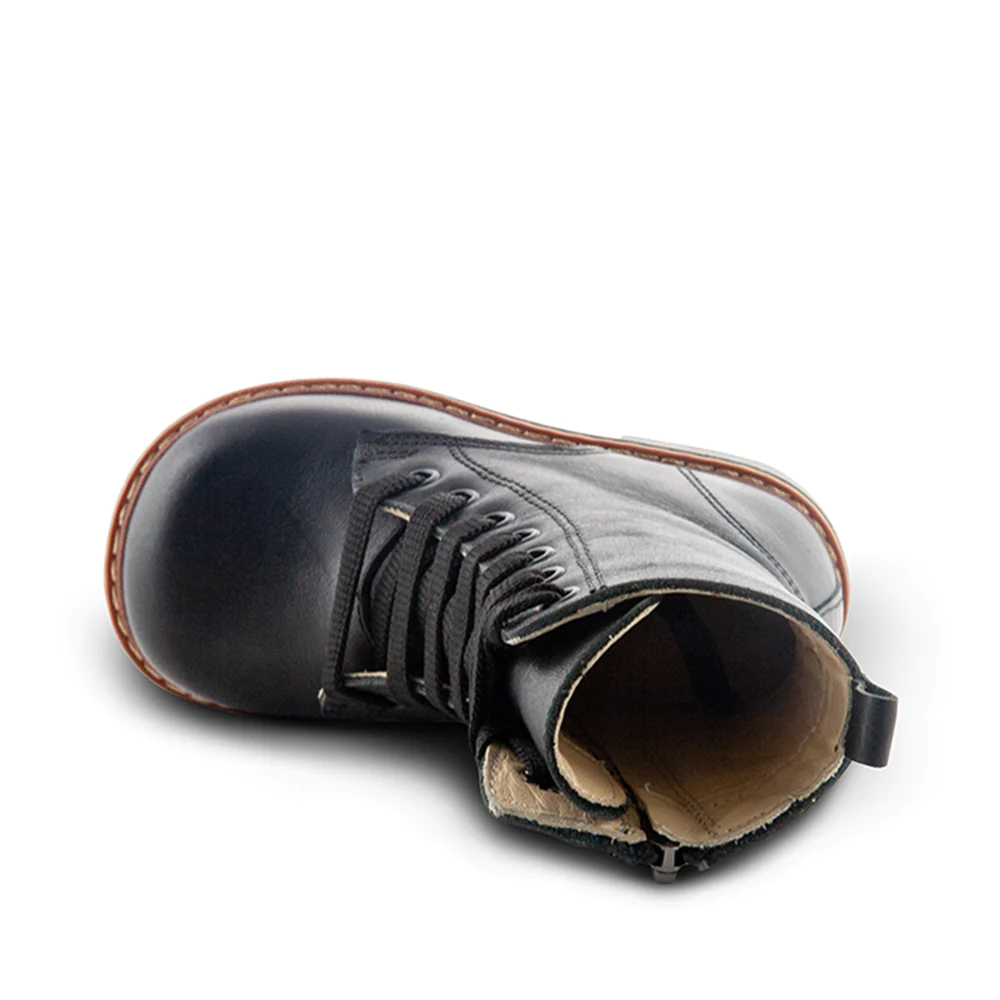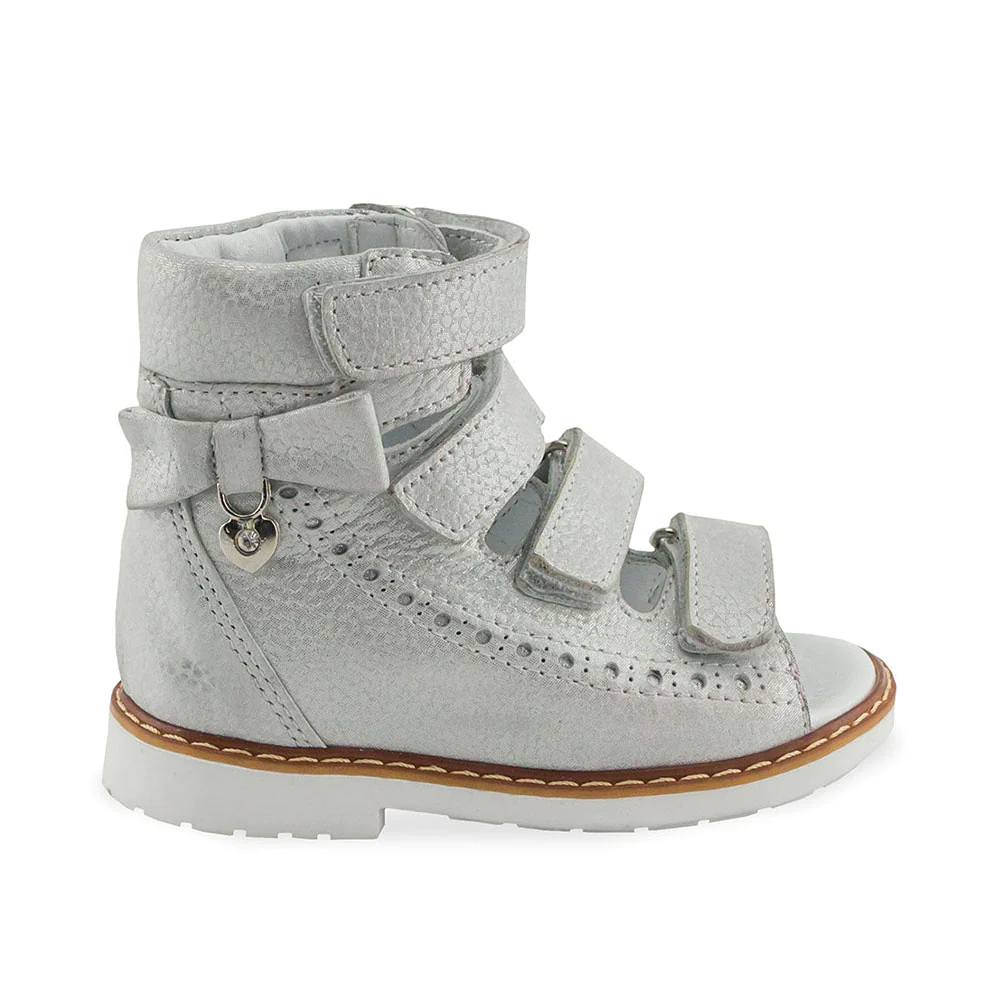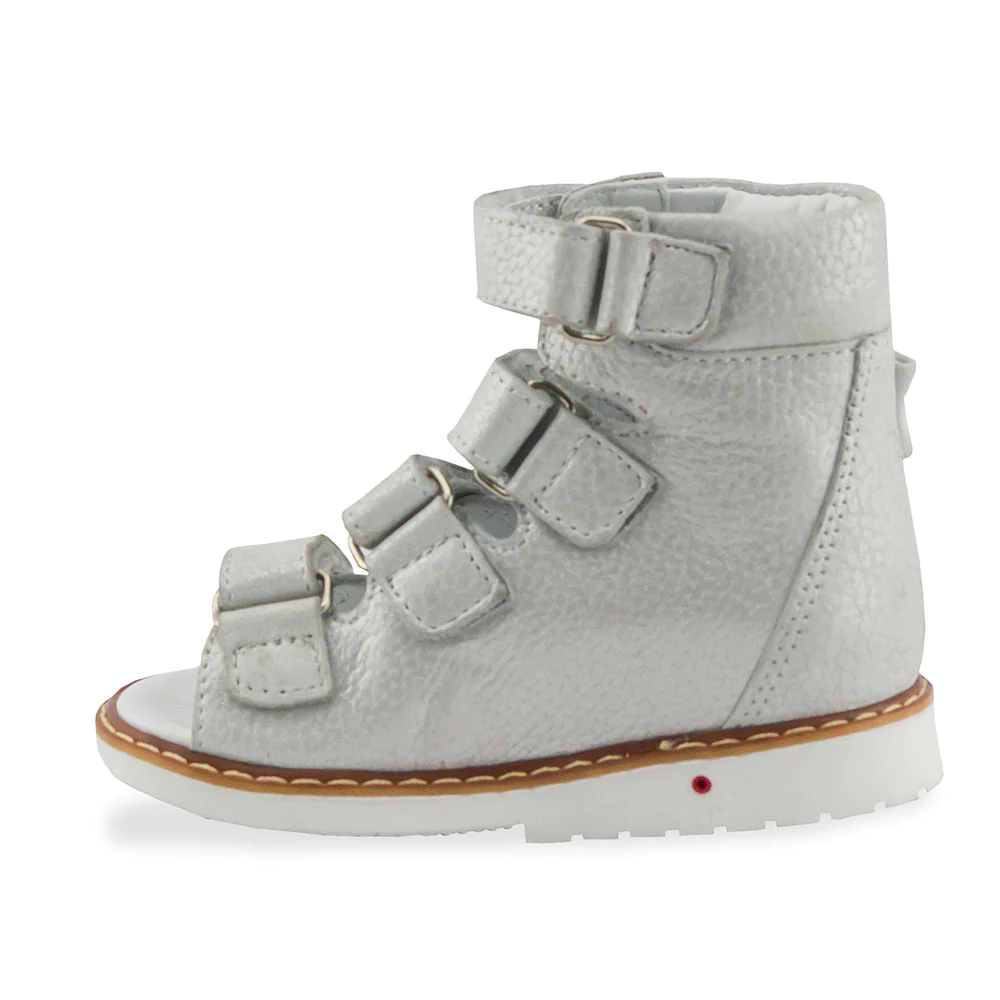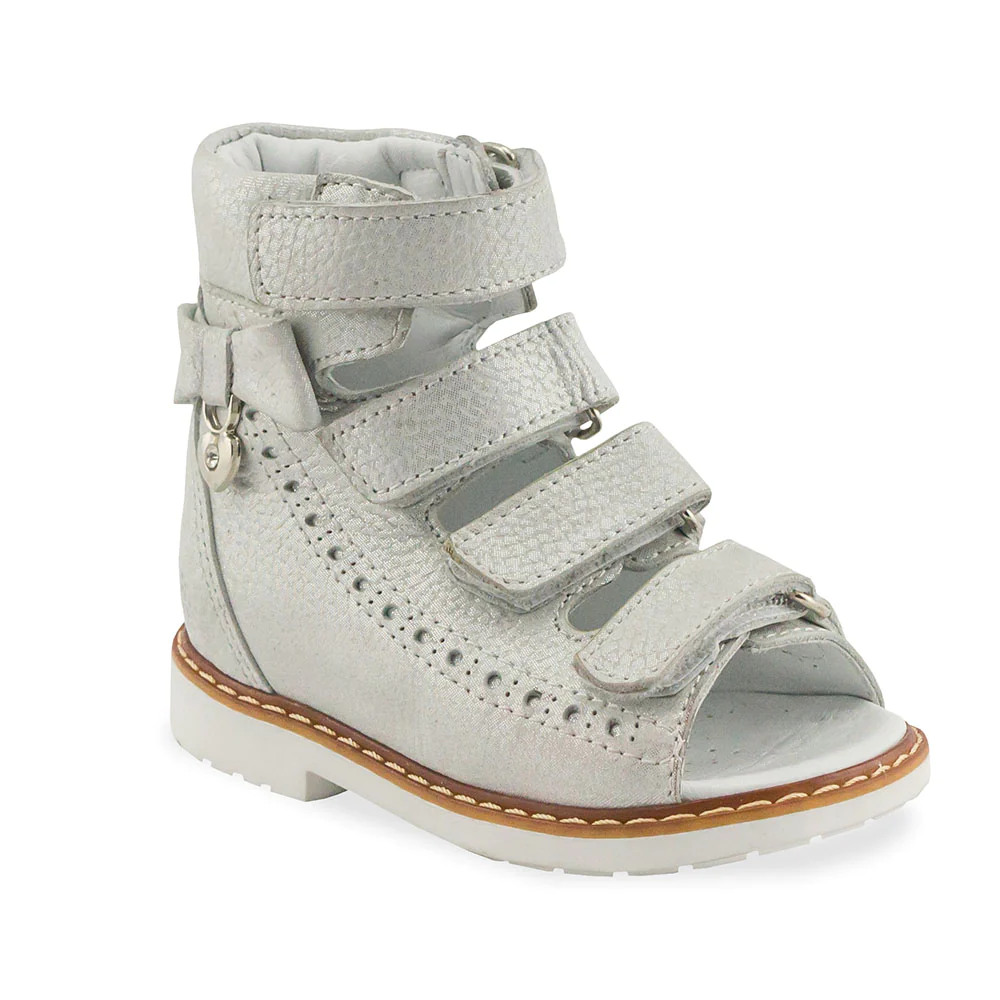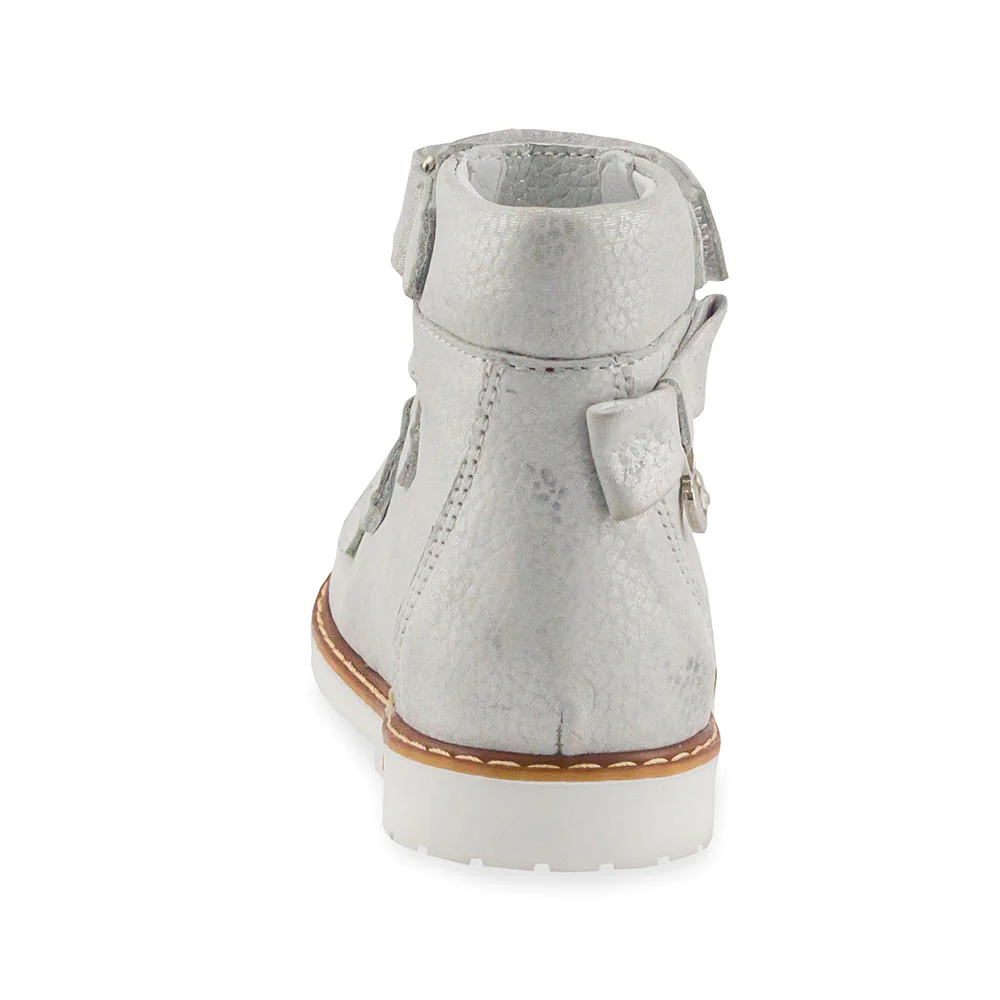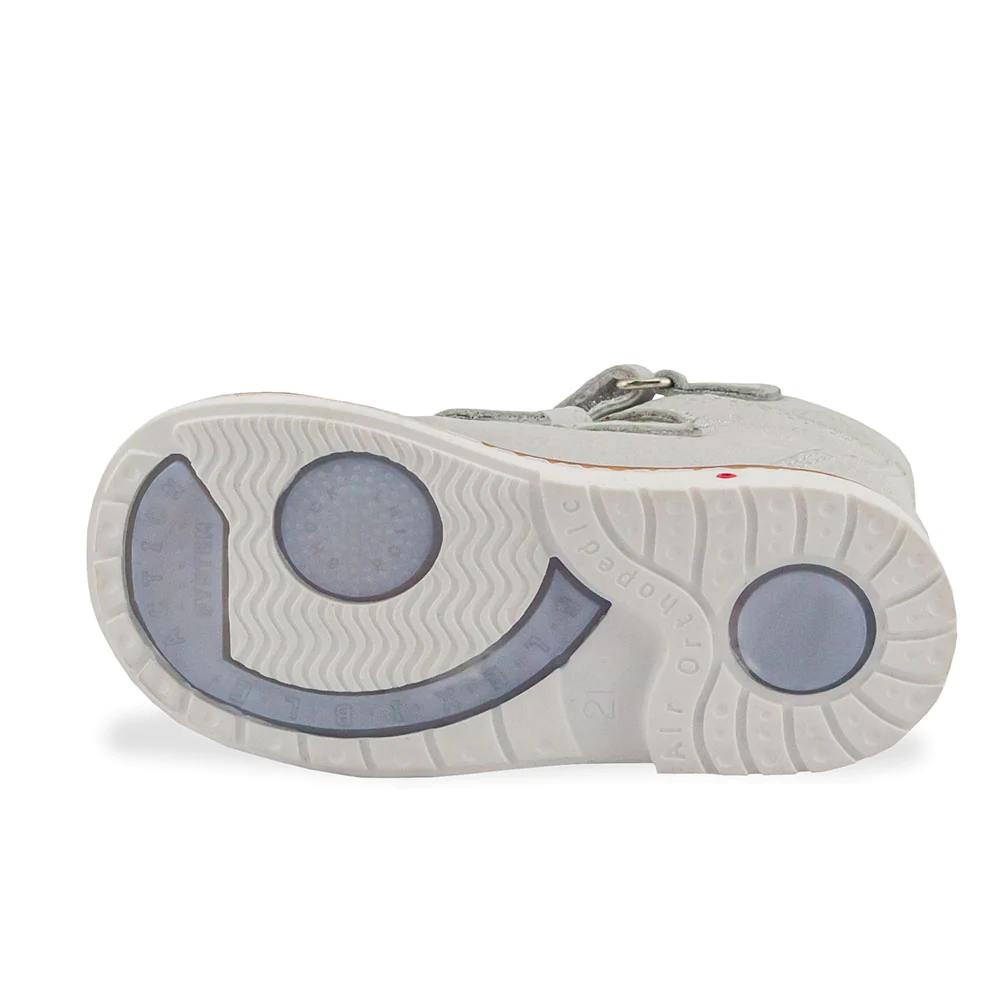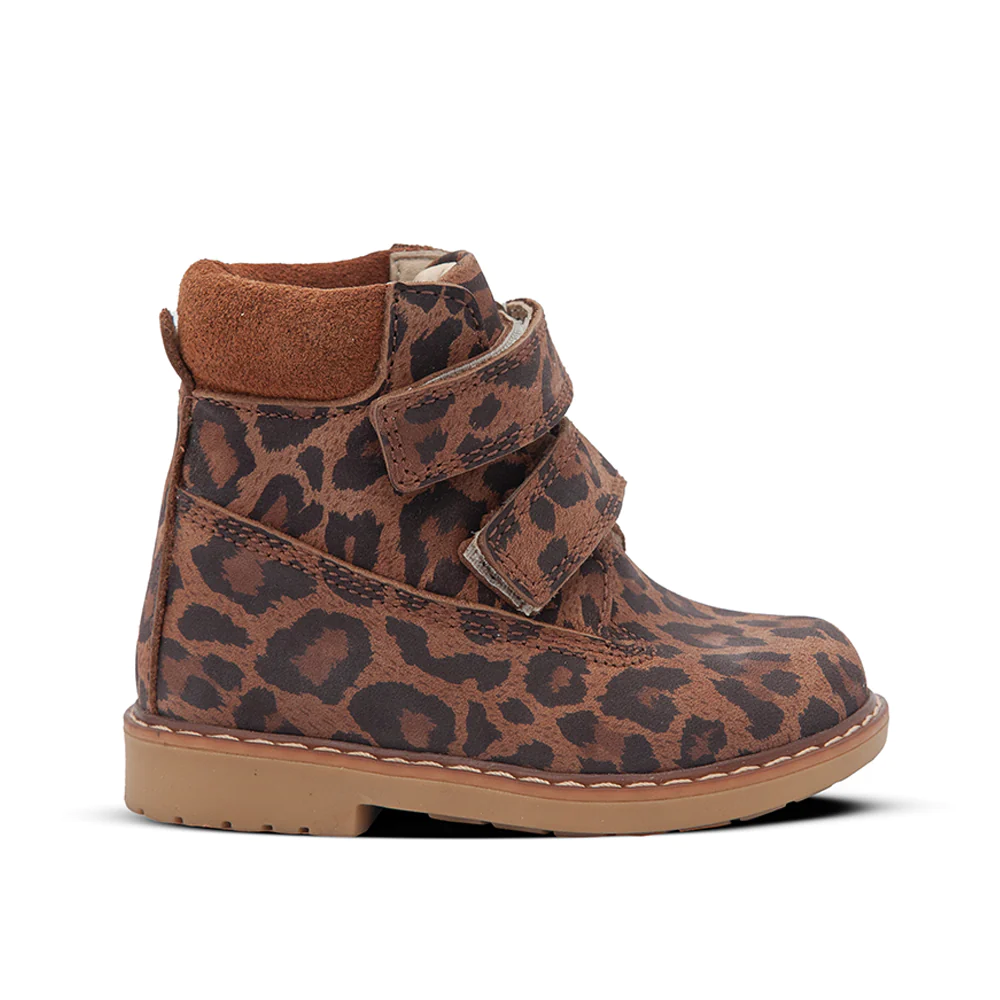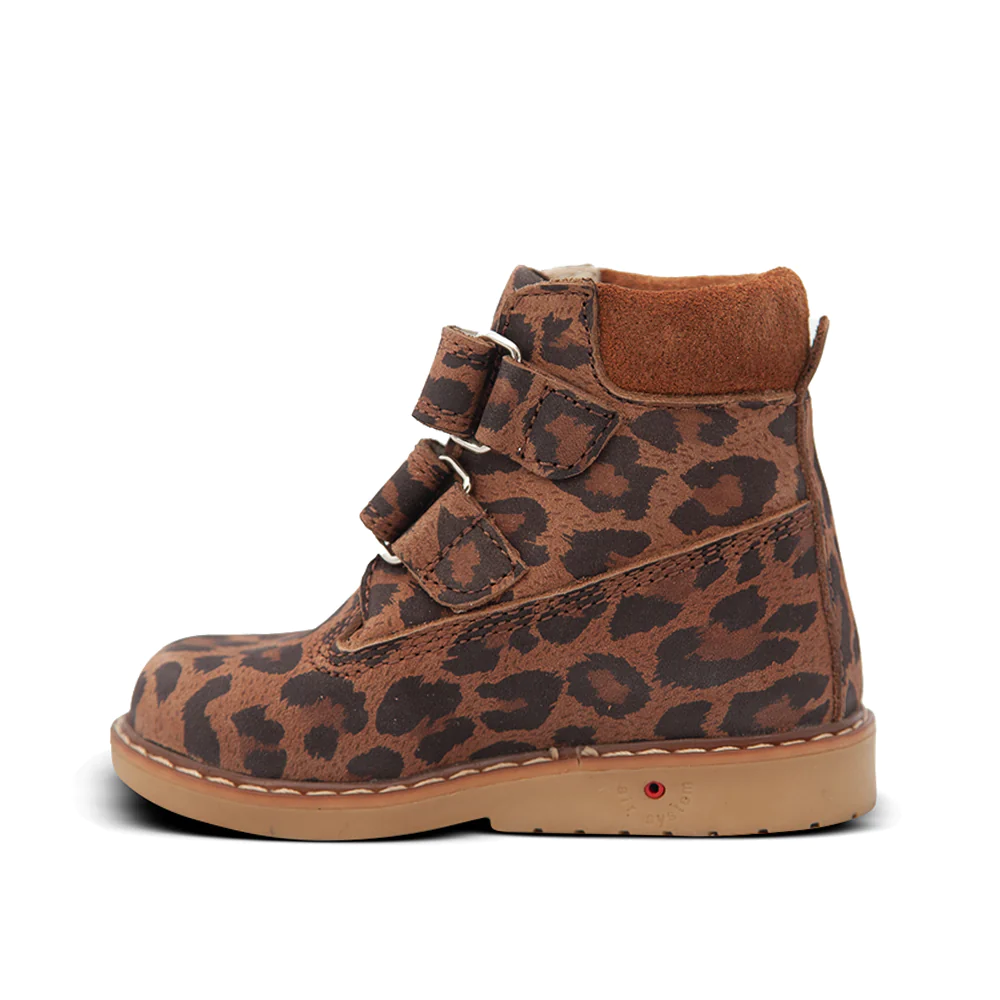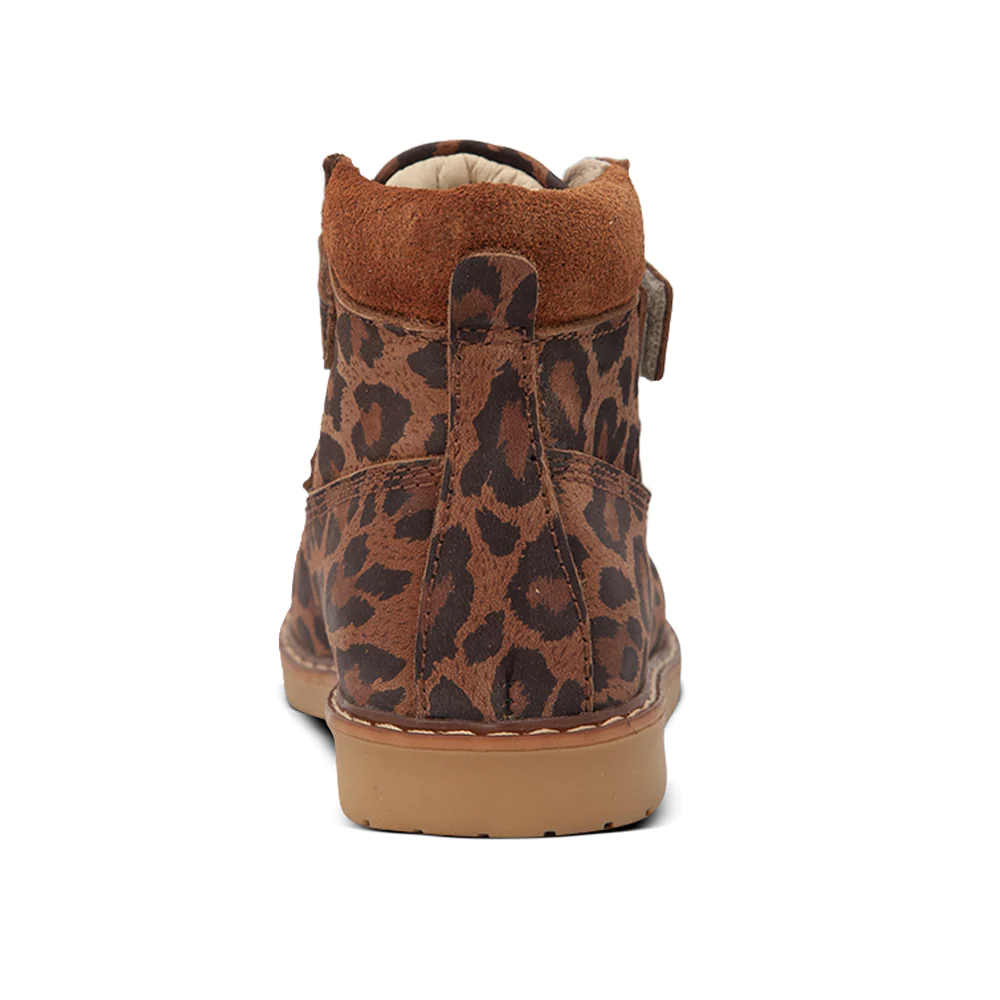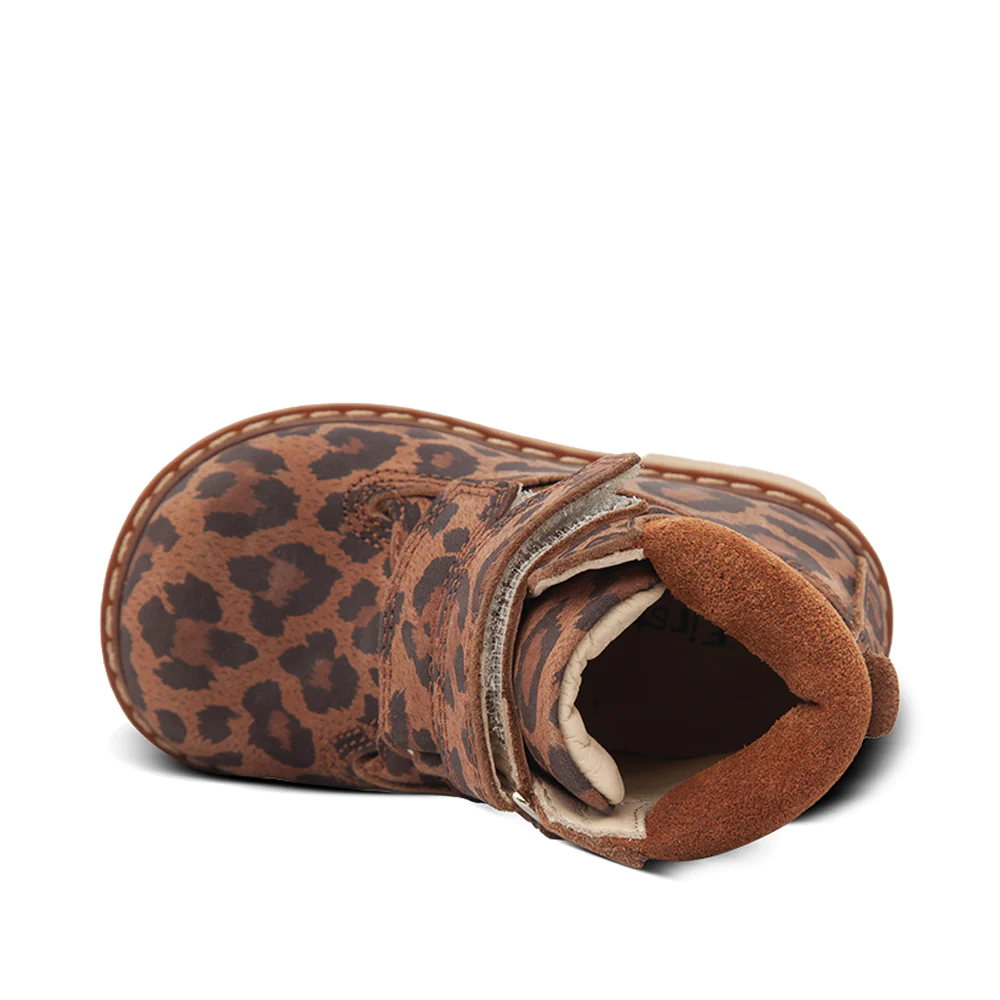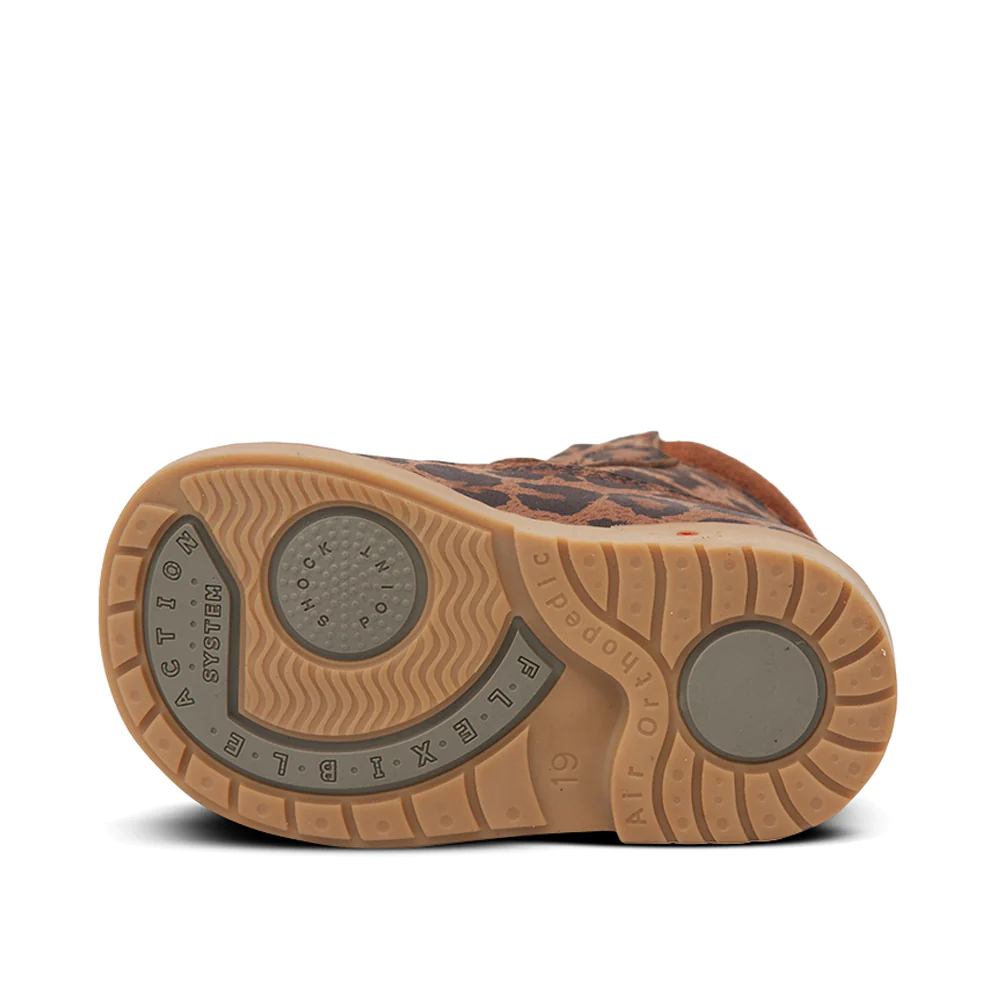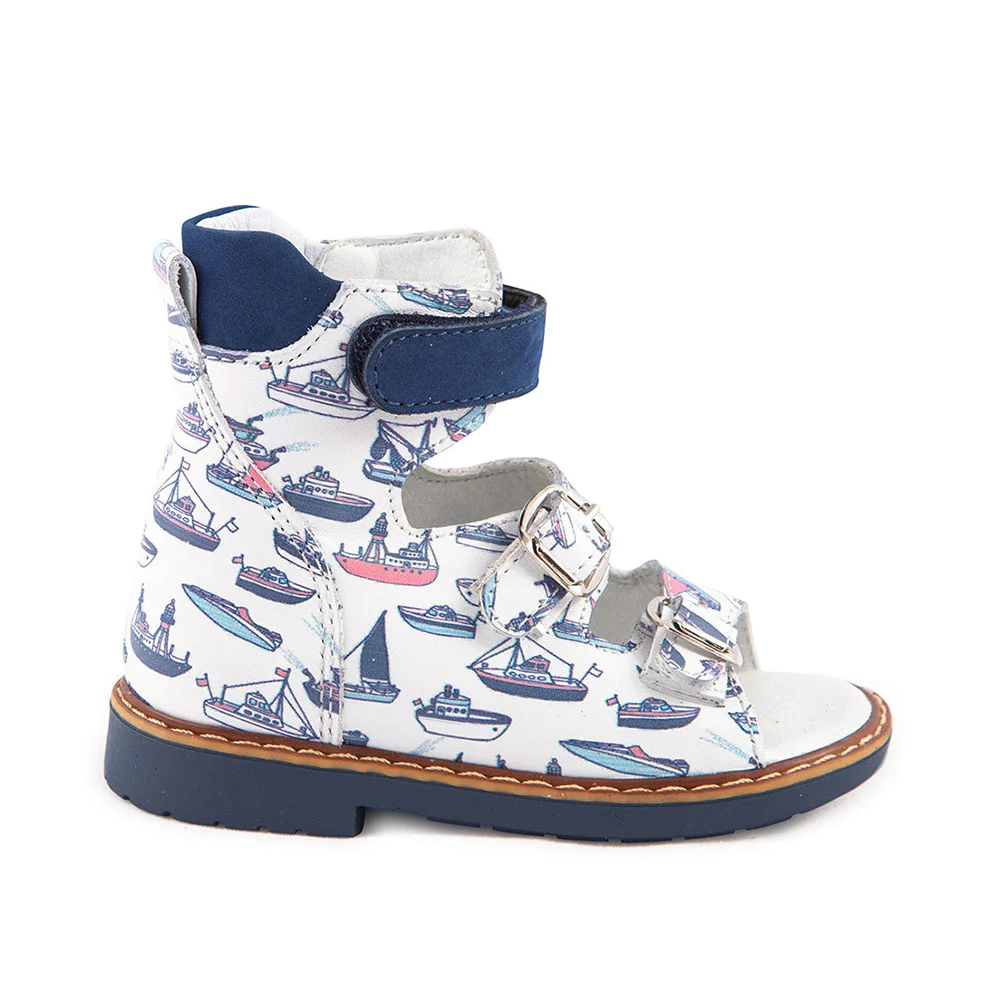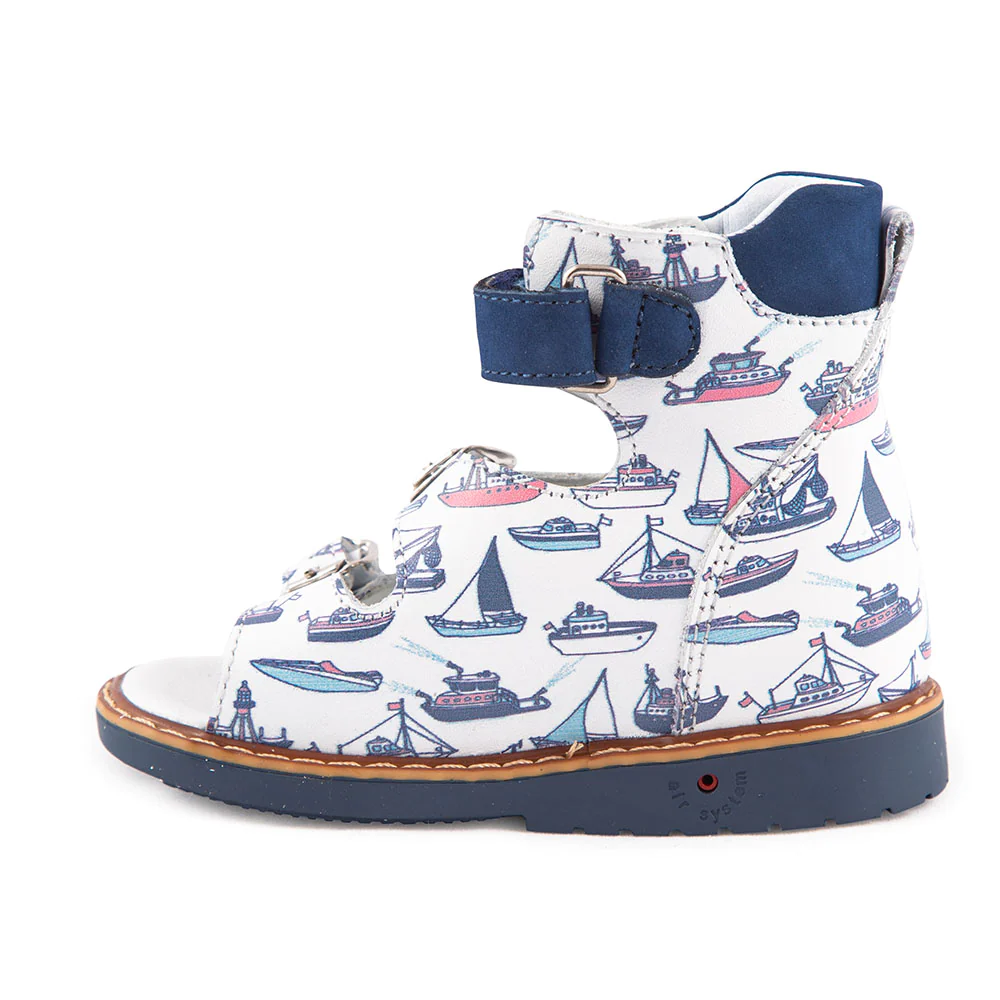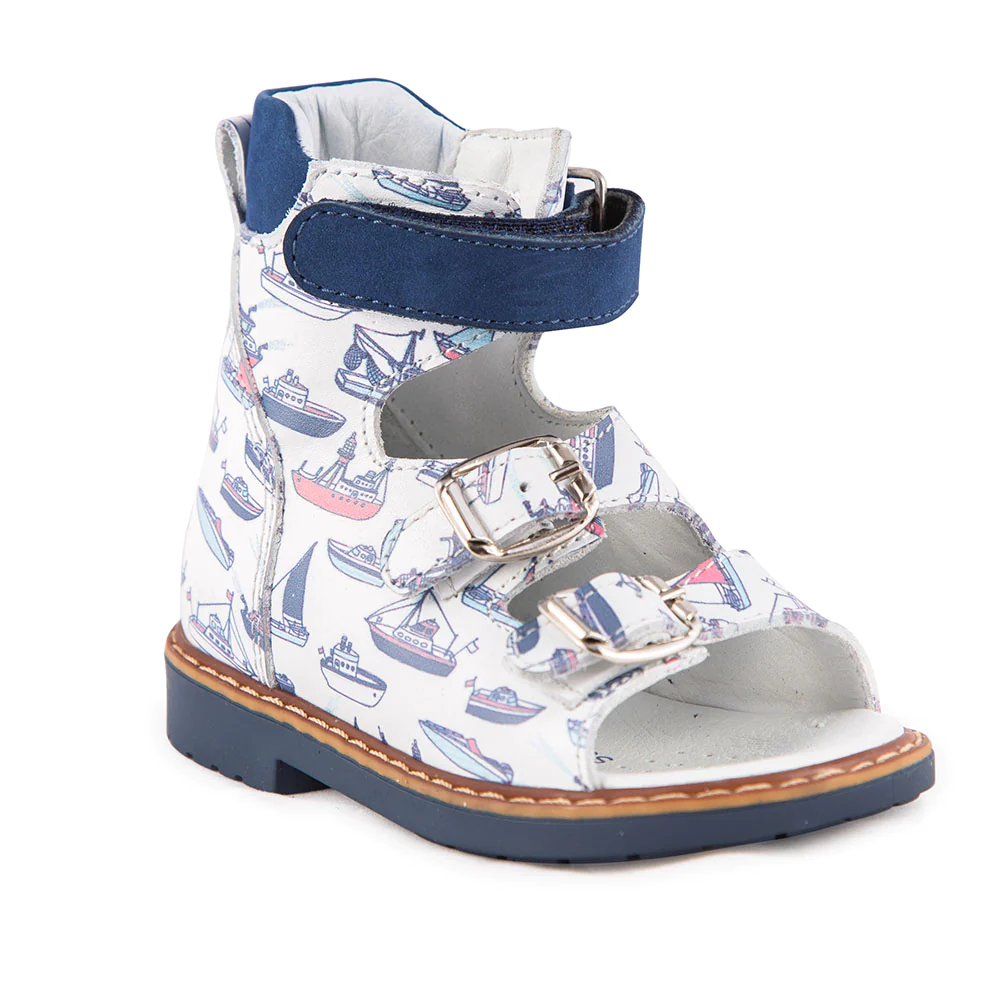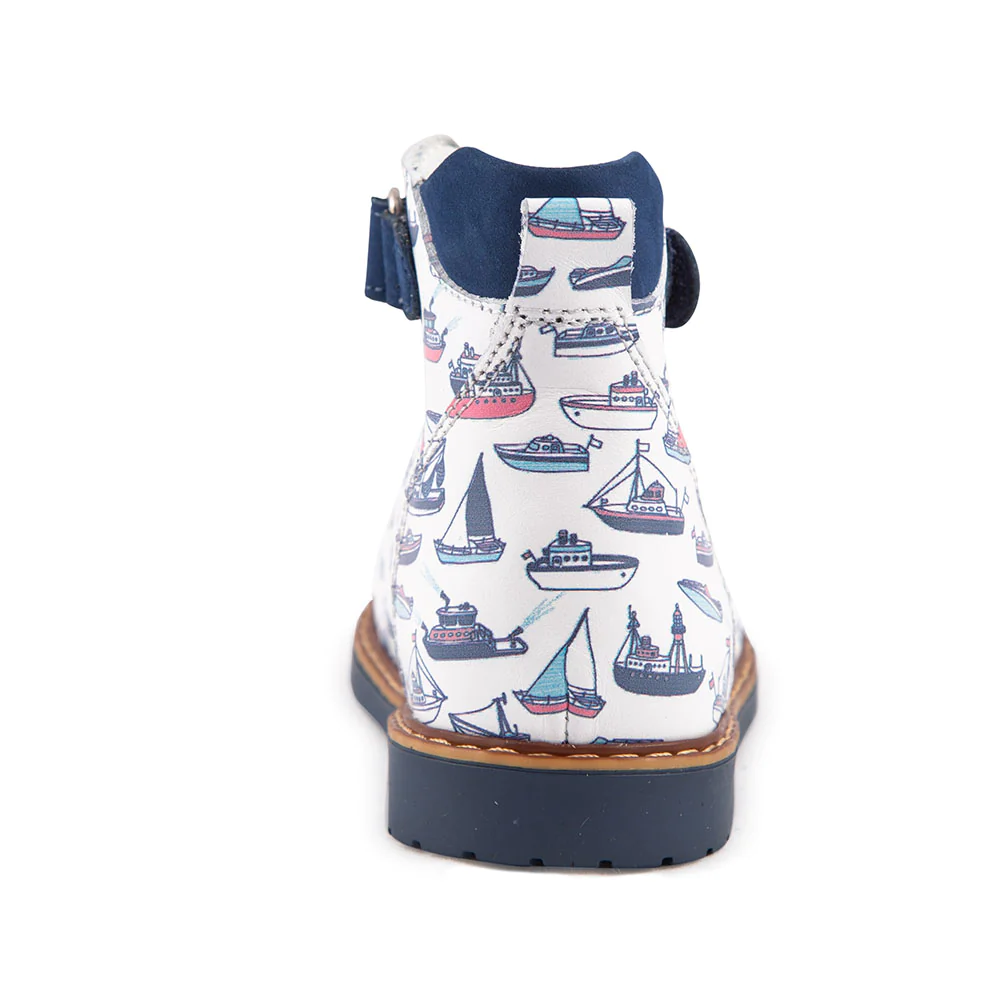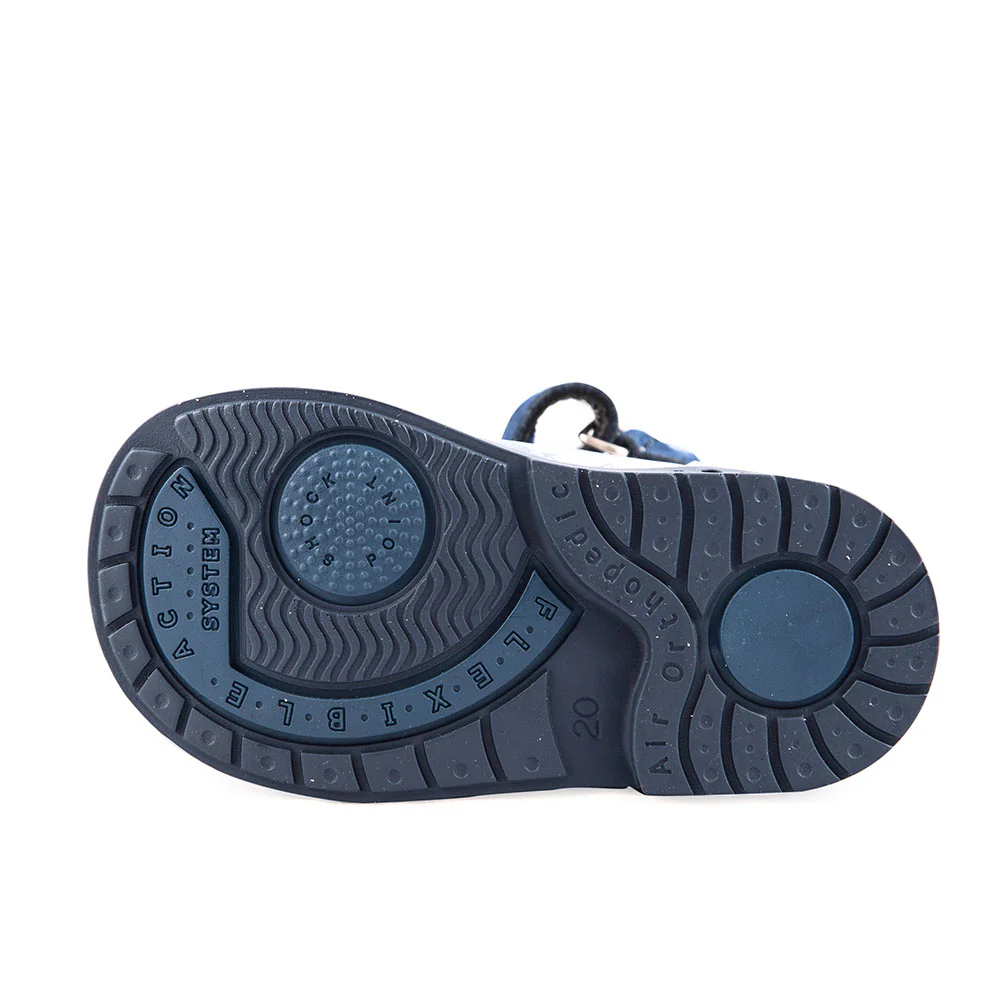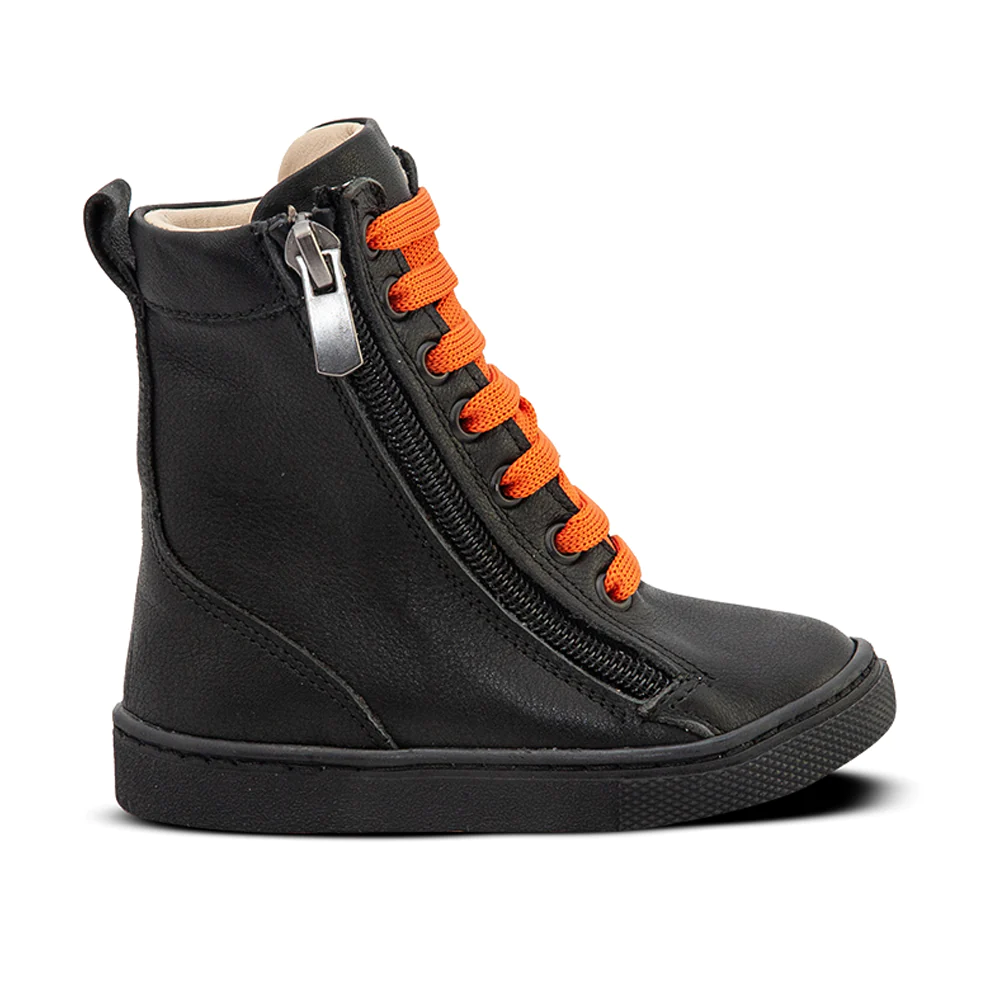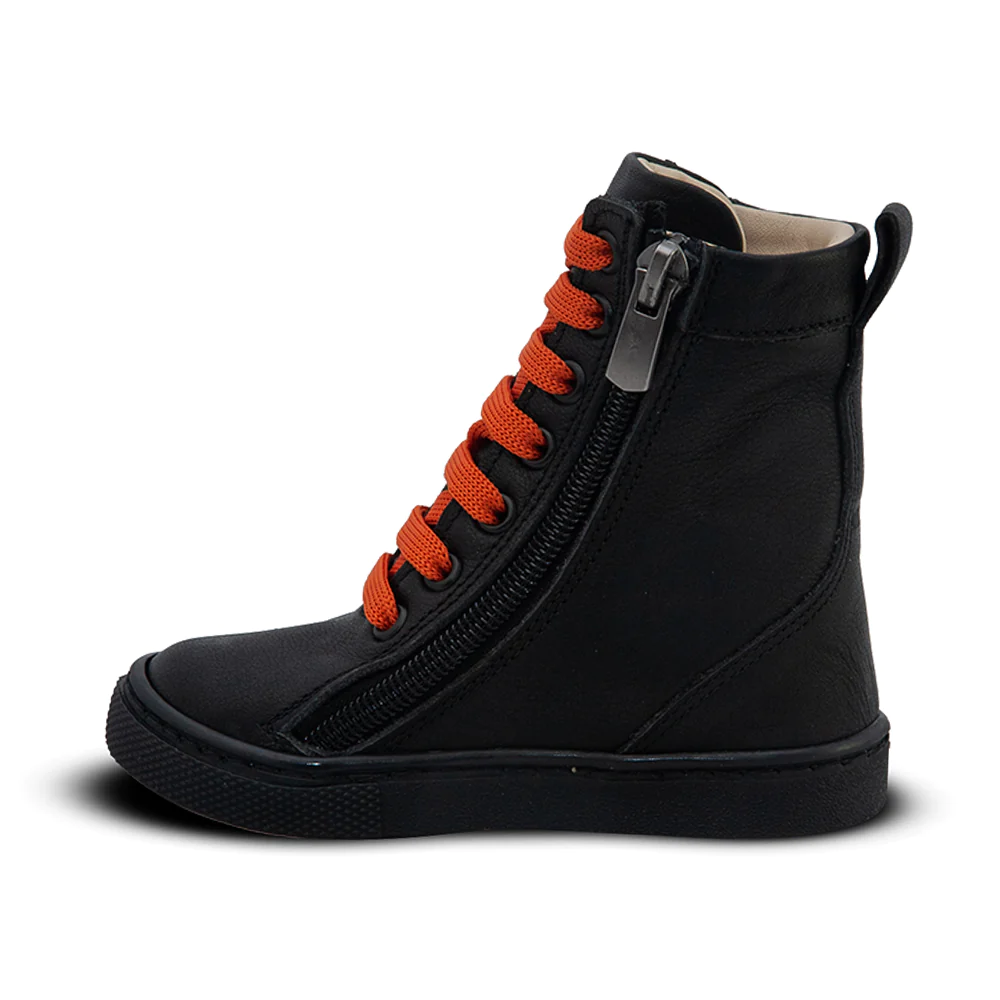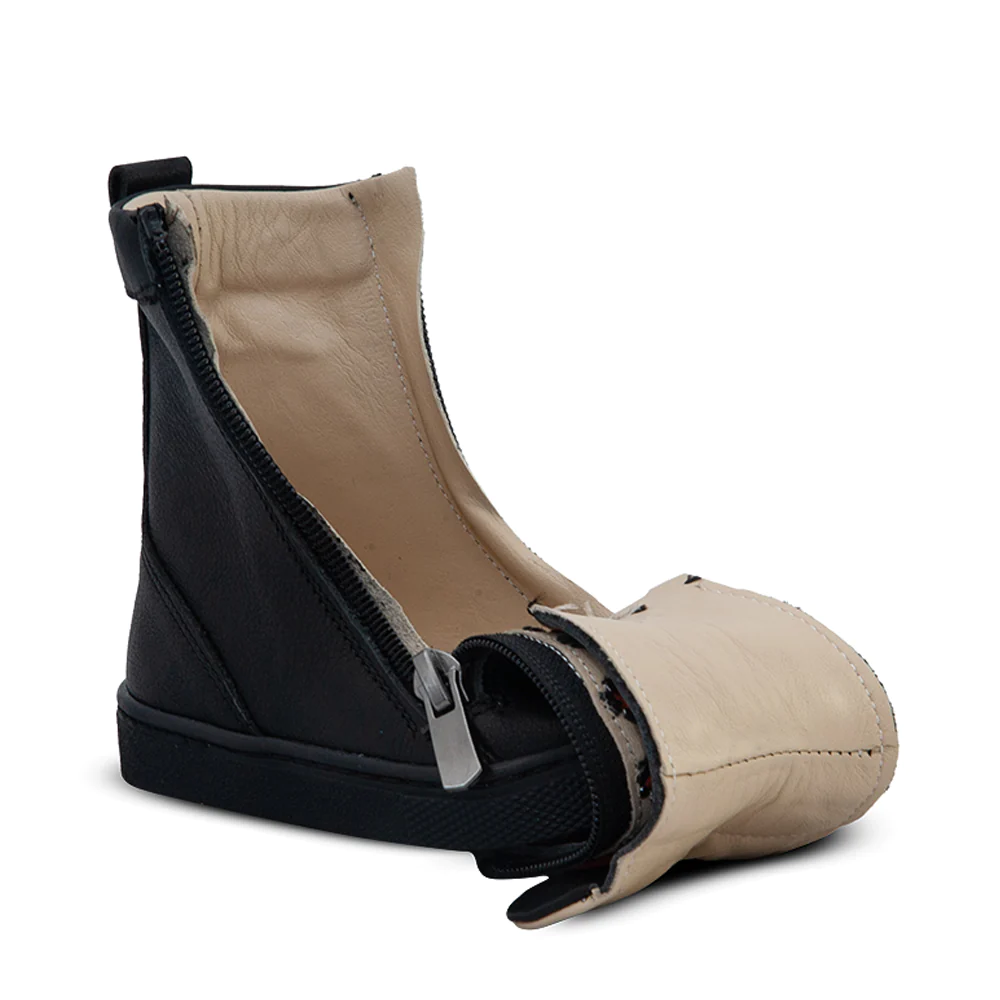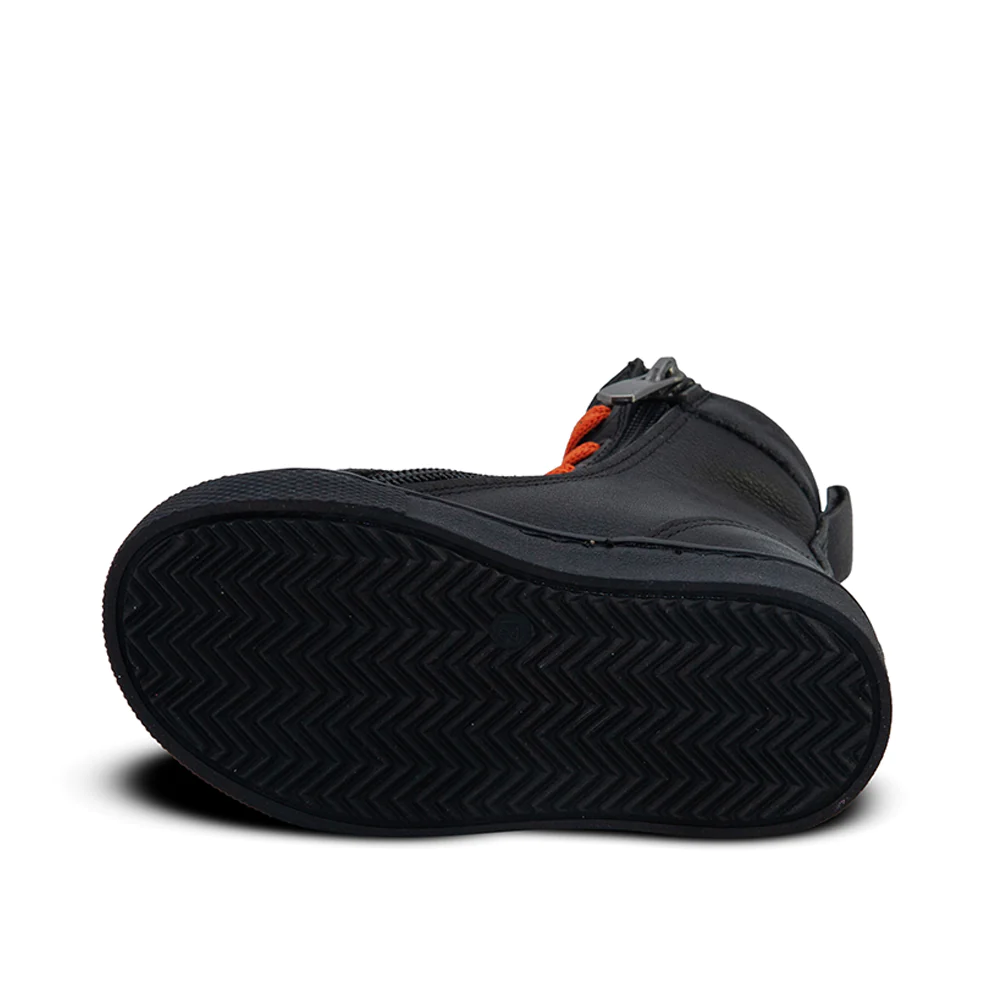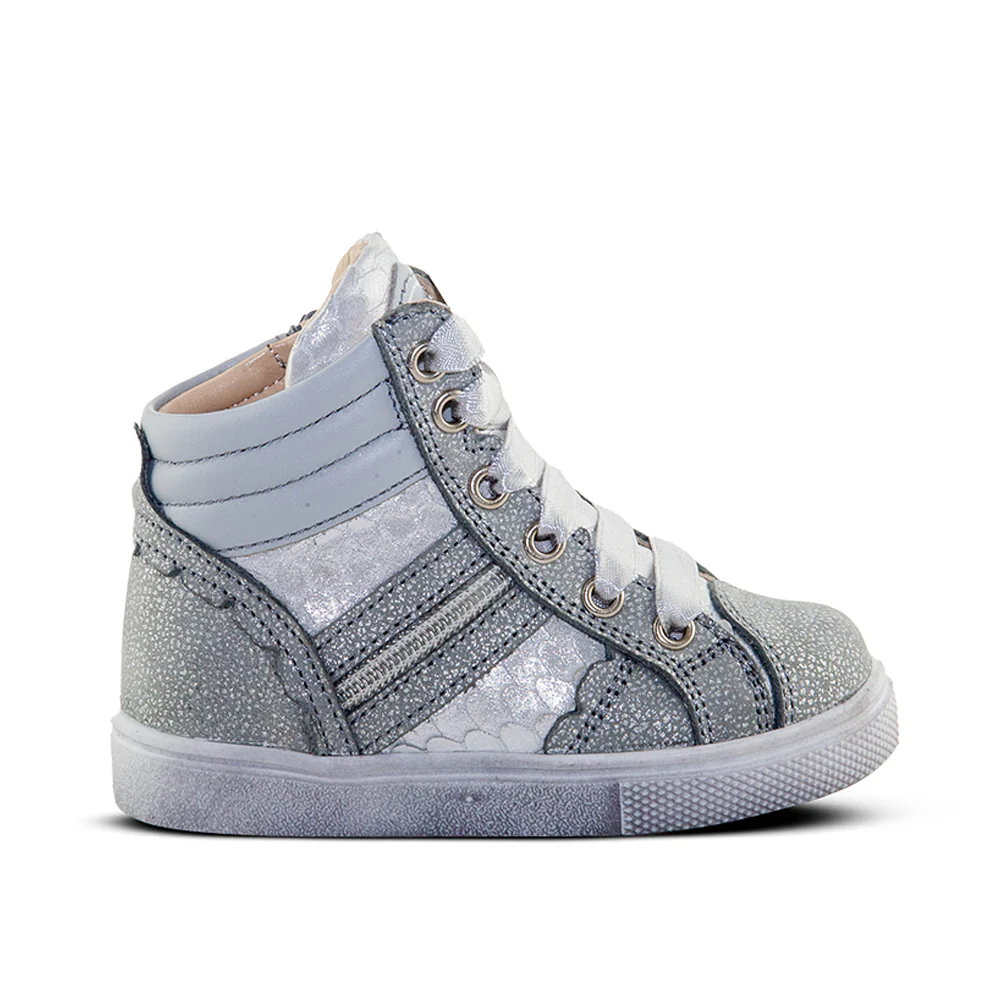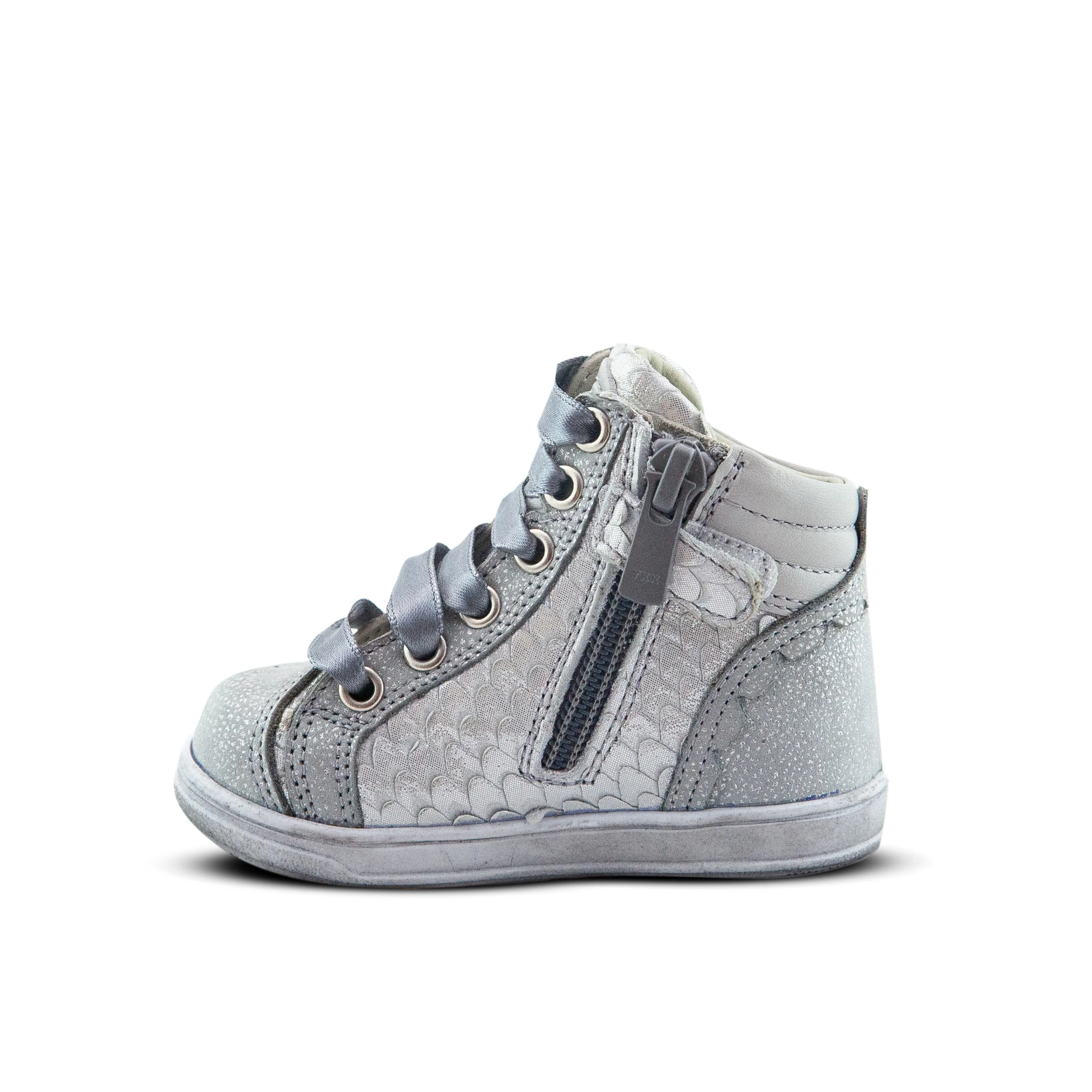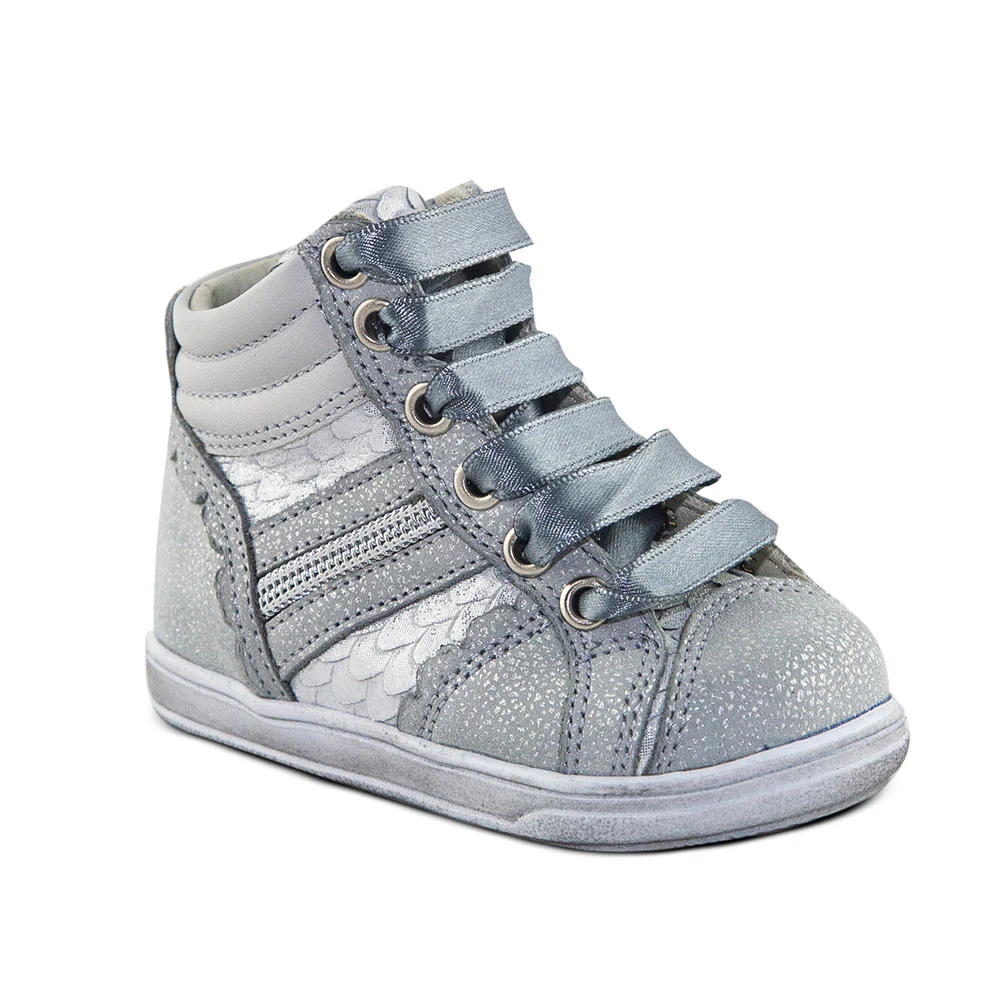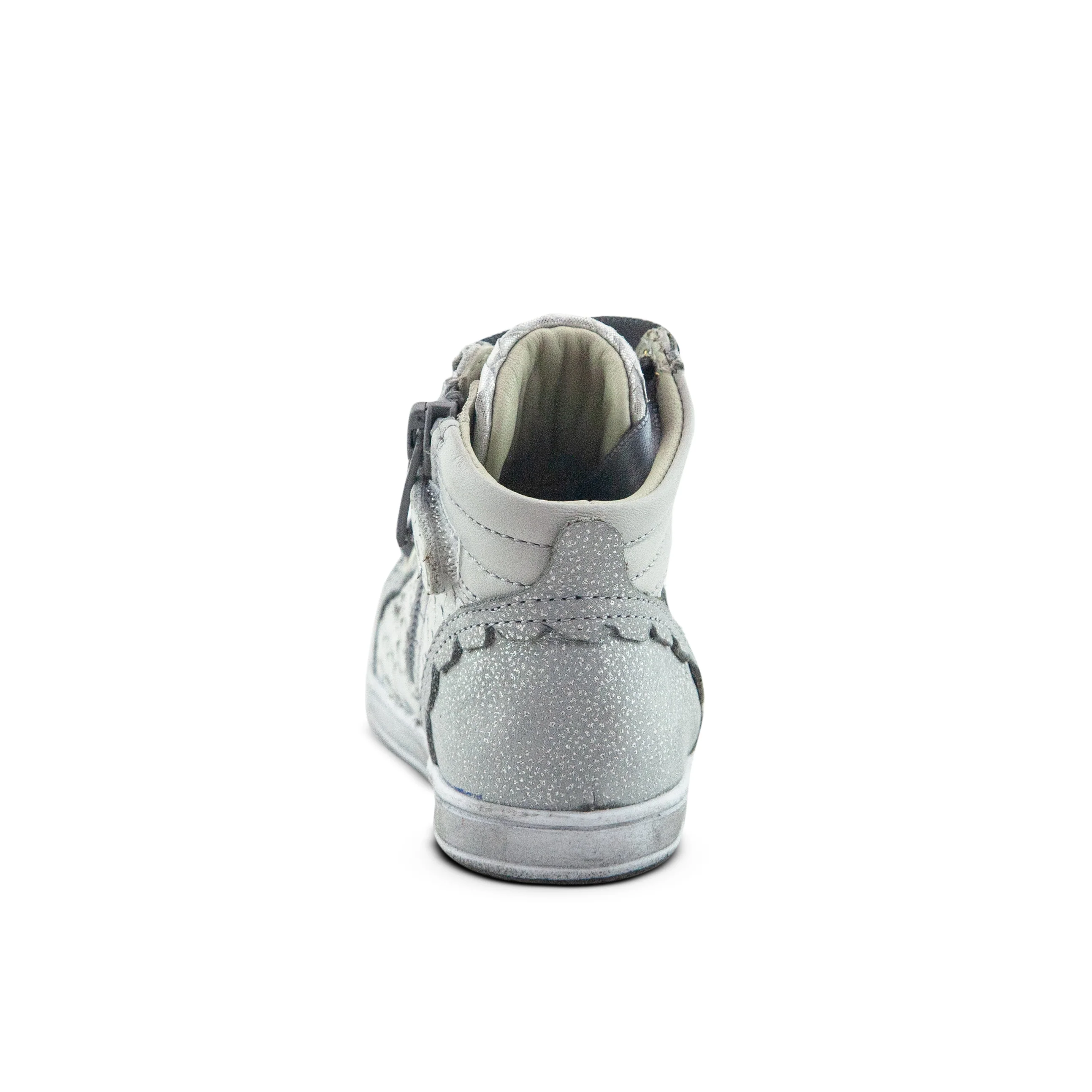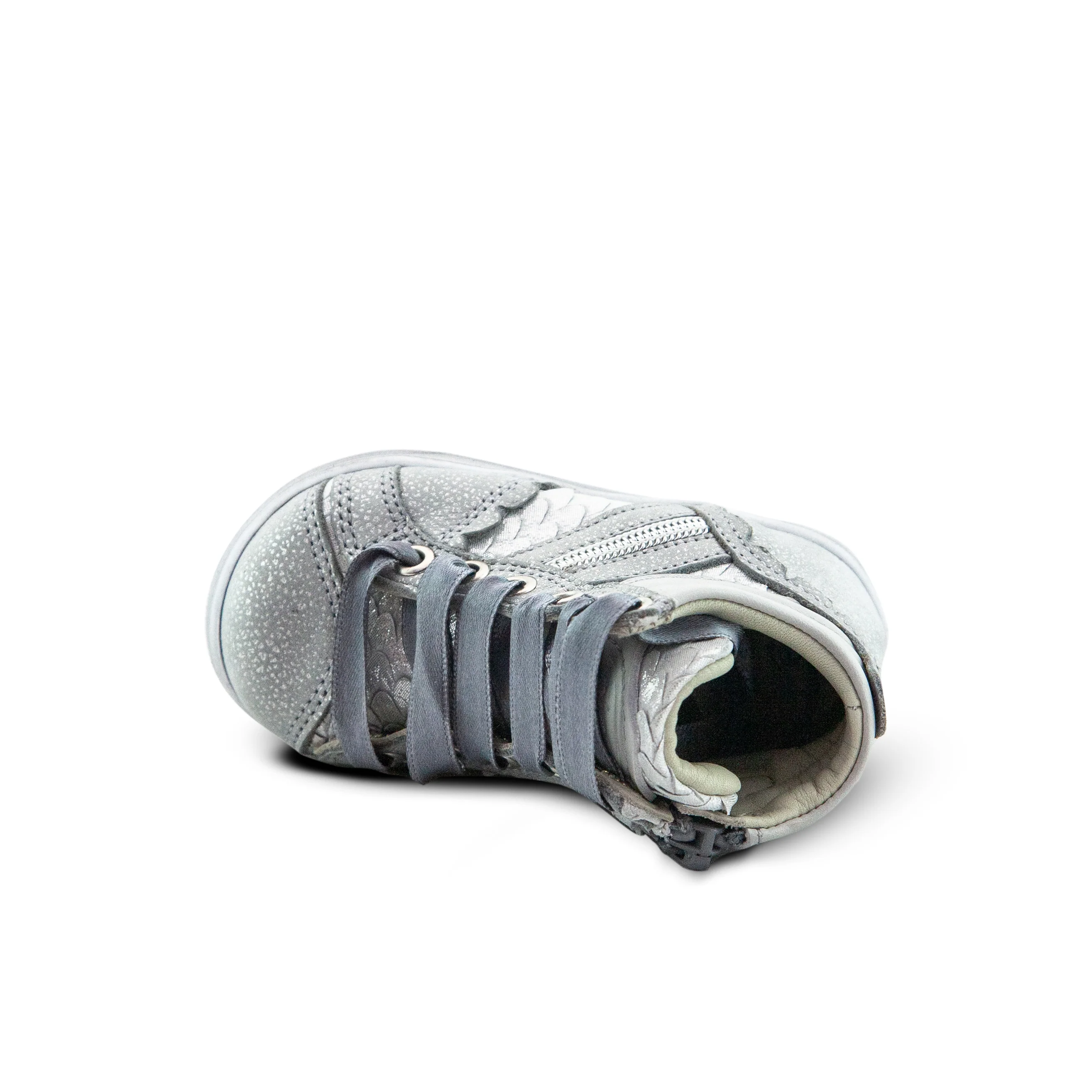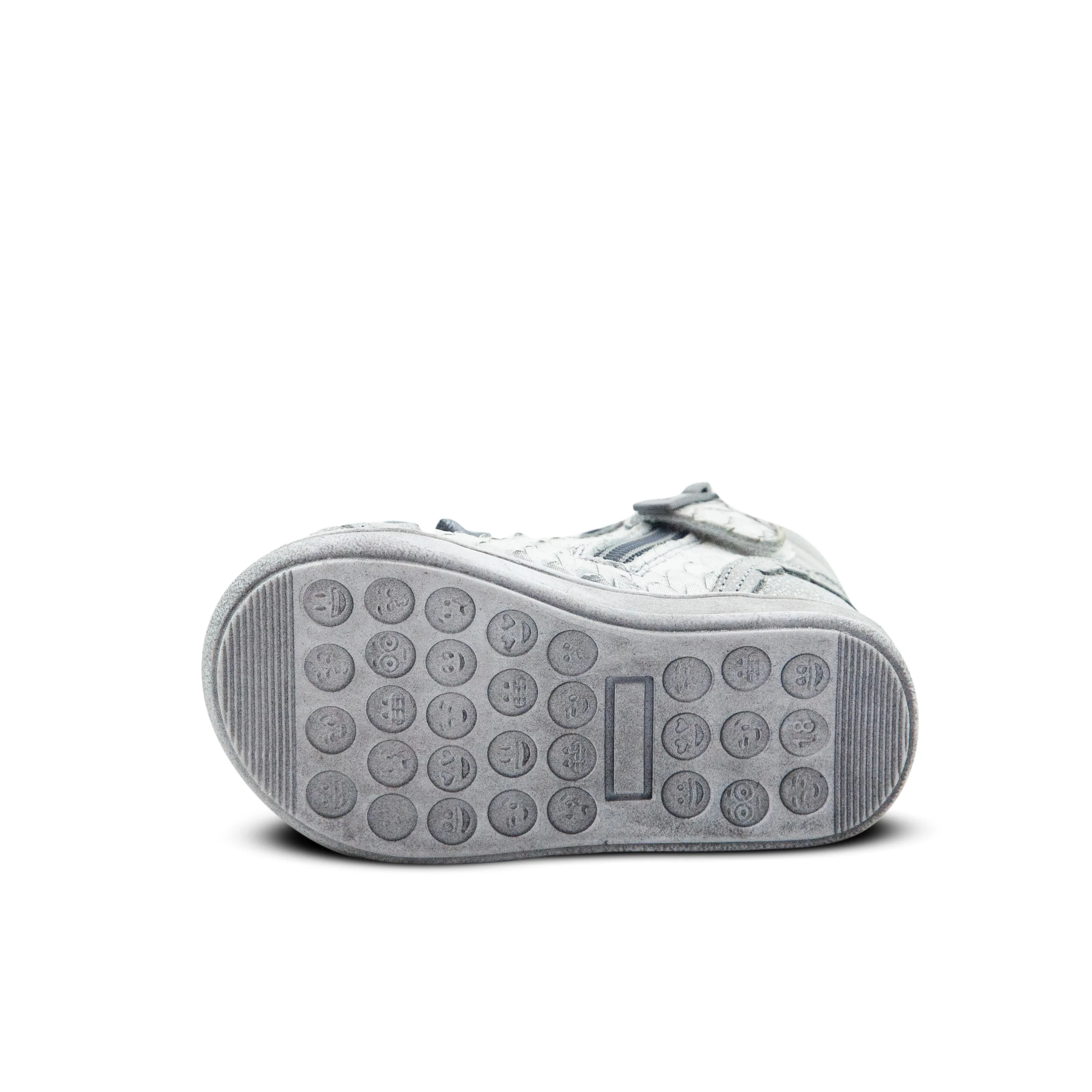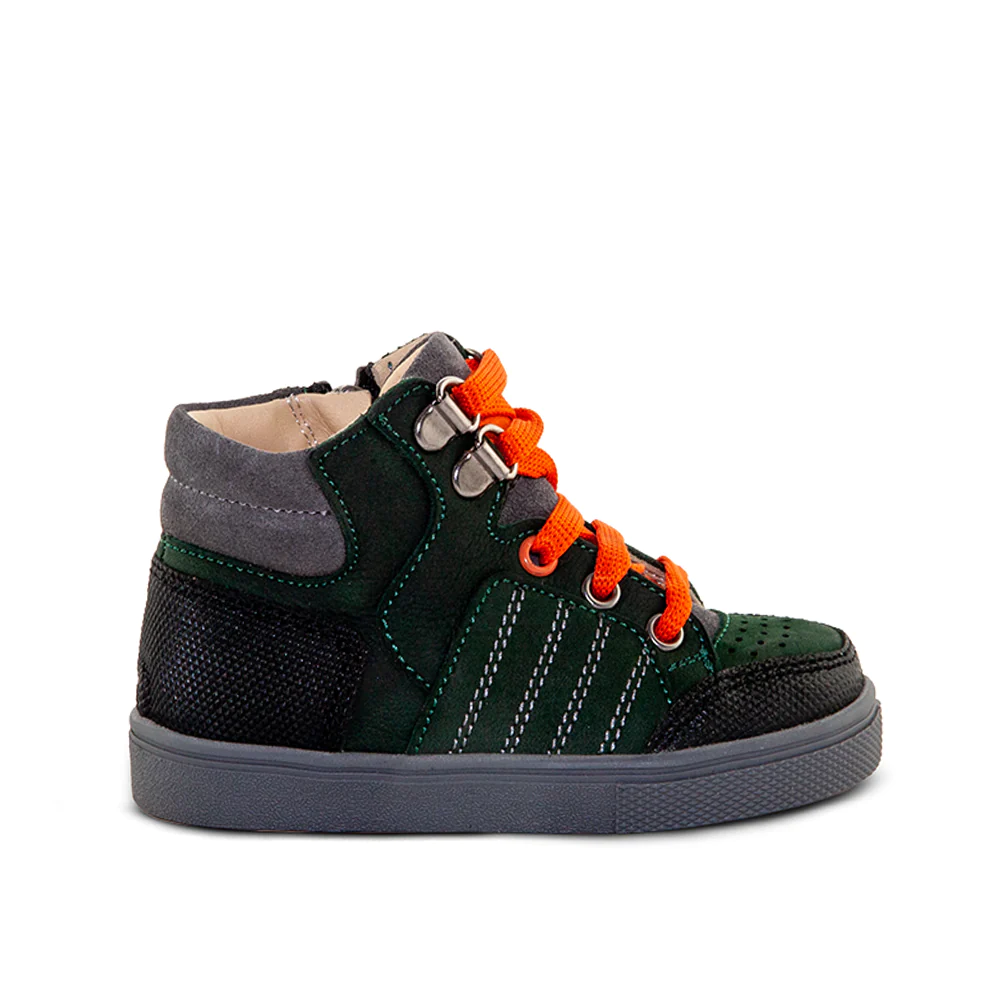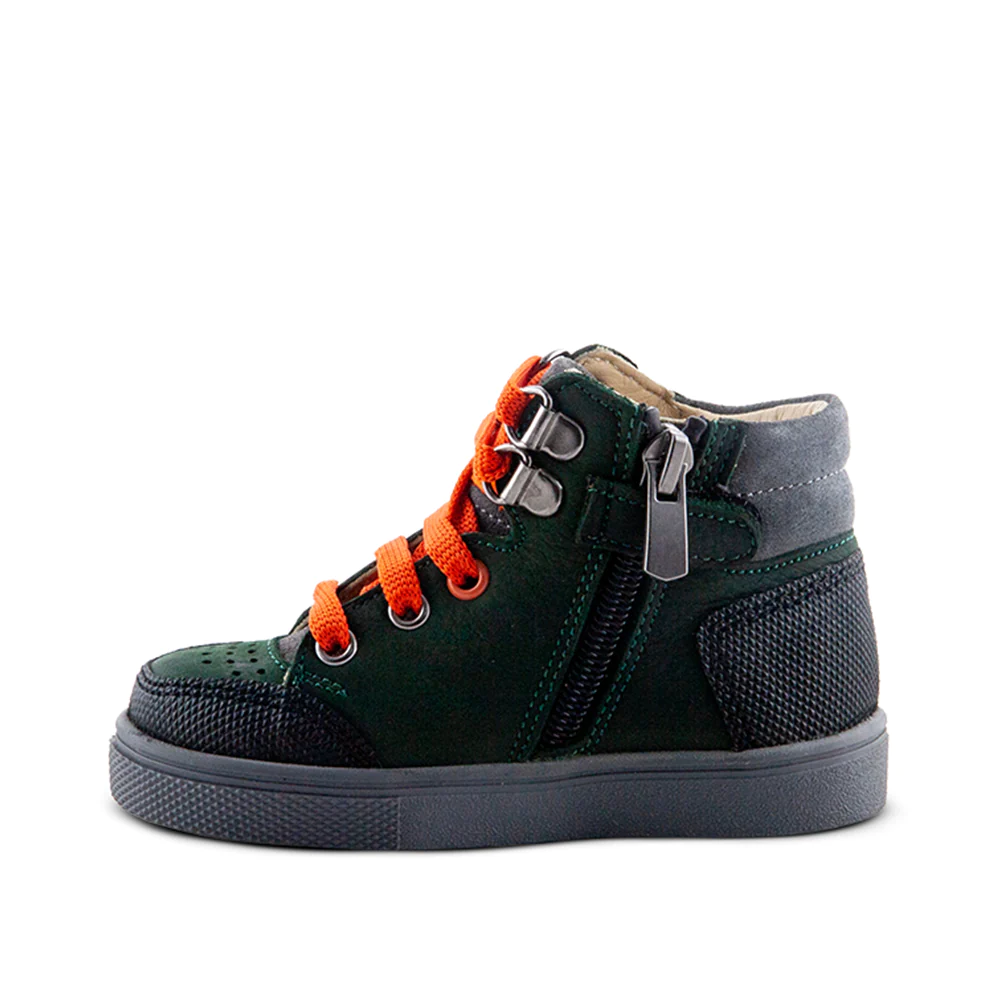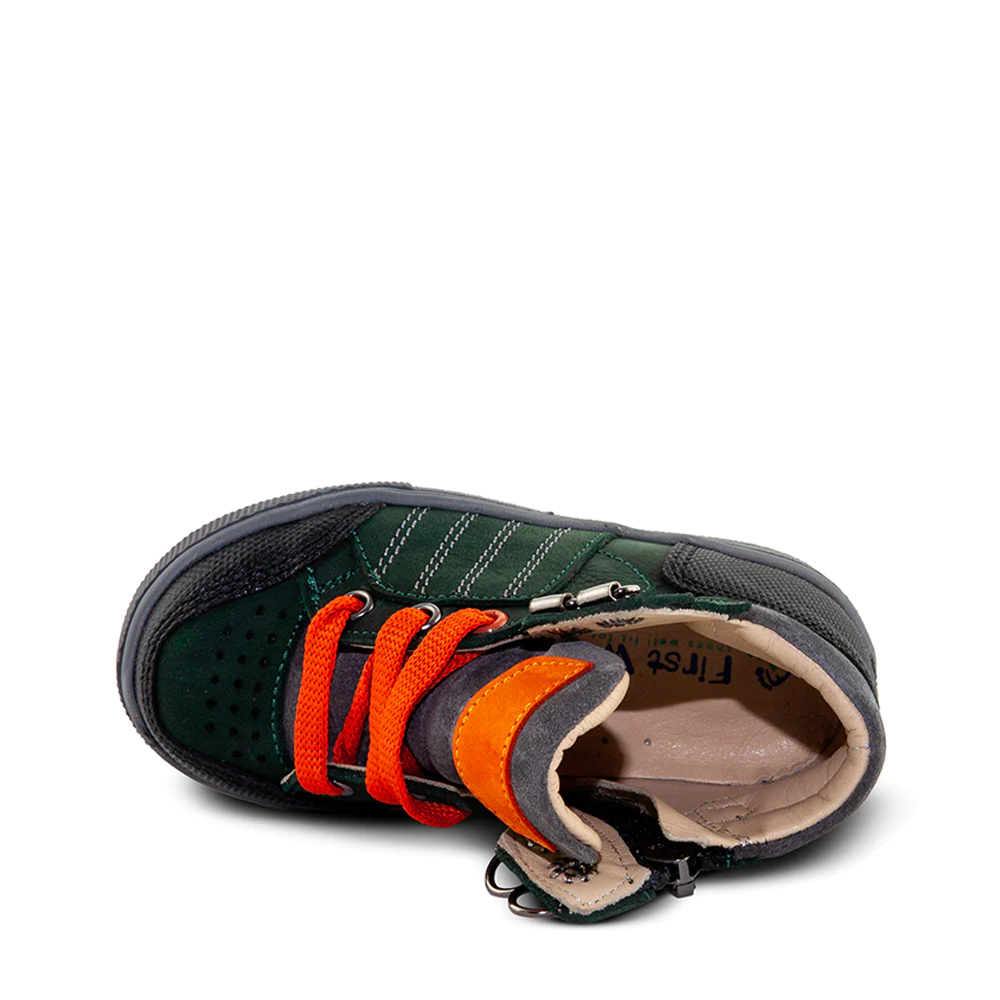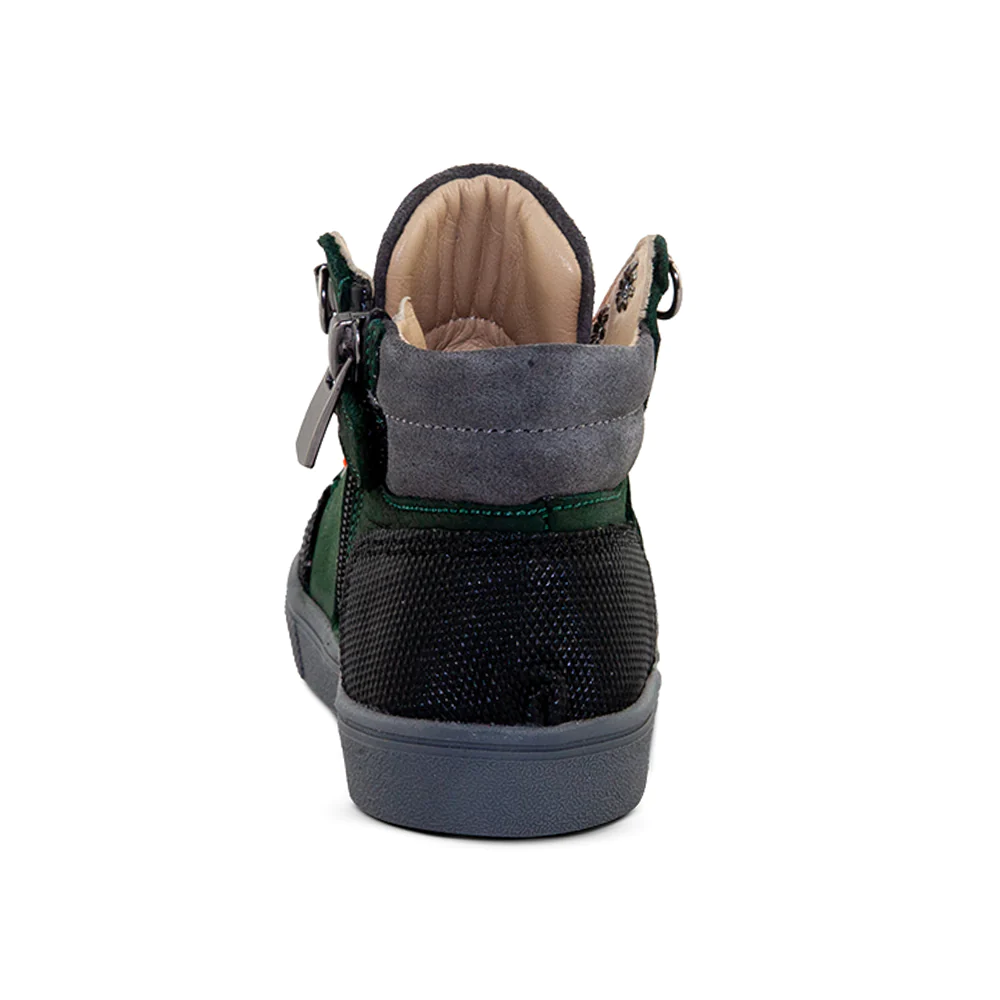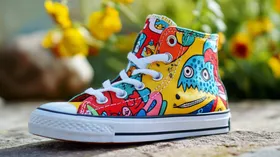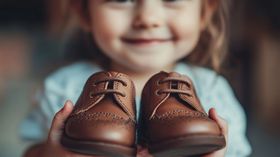10 Best Shoes for Toddler Arch Support and Development
Finding the right shoes for your toddler's developing feet doesn't have to be overwhelming. We've researched the top 10 shoes that combine proper arch support with comfort and durability. From everyday trainers to weather-specific boots, these recommendations help guide healthy foot development whilst letting your little one explore confidently. Early intervention with quality supportive footwear sets the foundation for a lifetime of comfortable movement.
Published May 28, 2025
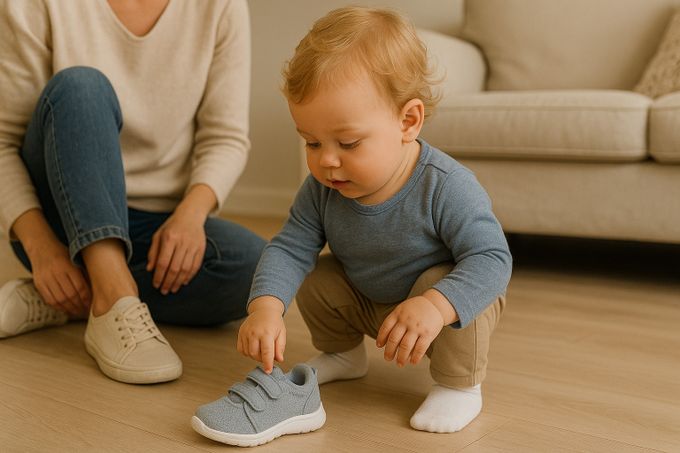
Finding the right shoes for your toddler's developing feet can feel overwhelming, especially when you're concerned about proper arch support. Your little one's feet are still forming, and the choices you make now can impact their comfort, balance, and long-term foot health.
That's why we've researched the best toddler shoes with arch support to help guide your decision. Let's explore which types of toddlers benefit most from arch support, what features to look for, and our top recommendations for 2026.
» Support your toddler's arches with shoes from our Toddler Collection
Which Toddlers Need Arch Support Most?
Not every toddler requires the same level of arch support, but certain groups benefit significantly from early intervention. Understanding your child's specific needs helps you choose shoes that will support their development rather than hinder it.
Here are the key groups that benefit most from dedicated arch support:
Flat-Footed Toddlers (Flexible Flatfoot)
Toddlers with flexible flatfoot lack a visible arch when standing, though one may appear when they're sitting or on tiptoe. While often benign, persistent flatfoot can cause discomfort or balance issues.
Arch-supportive shoes help guide foot alignment during critical bone and muscle development stages, minimising long-term biomechanical imbalances that could affect their gait and posture.
» Discover how to fix flat feet in toddlers
Hypermobile Toddlers
Children with joint hypermobility often exhibit excessive inward rolling (pronation) of the feet due to ligament laxity. This can compromise posture and gait stability, leading to compensatory movements that affect their entire body.
Shoes with structured arch support provide the necessary stability to counter overpronation and prevent compensatory stress on knees and hips during growth.
» Help your toddler improve their posture with these tips and exercises
Toddlers With Delayed Motor Milestones
Children who walk later than average or show clumsiness may have underdeveloped intrinsic foot muscles. Supportive shoes help distribute weight evenly and promote correct walking patterns whilst their muscles strengthen.
Early arch support improves muscle engagement and coordination, supporting both balance and neuromuscular development during this crucial learning phase.
» Get expert tips for assessing your child's walking
Overweight Toddlers
Excess body weight places additional strain on developing arches, increasing the risk of flattening or gait abnormalities.
Shoes with firm arch support absorb shock and maintain structural integrity, helping prevent pain and misalignment. Addressing this early prevents long-term issues such as joint strain or poor posture habits that can persist into childhood and beyond.
Our Top Picks for Toddler Shoes with Arch Support
What Makes a Truly Supportive Toddler Shoe?
Understanding the difference between genuinely supportive shoes and those that merely claim to be supportive is crucial. Many shoes on the market feature basic padding or soft insoles, but true arch support requires specific design elements that work together to guide proper foot development.
Internal Design Features
- Contoured Insole With Built-In Arch Support: Unlike flat insoles, a contoured insole includes a raised medial section that mirrors the natural arch. This helps distribute pressure evenly and gently guides the arch into proper form, reinforcing muscle memory during developmental stages.
- Firm Yet Flexible Midsole: A supportive midsole made of EVA provides enough firmness to stabilise the foot while allowing natural flexion during toe-off. This balance promotes muscle engagement without over-restricting movement, crucial for toddlers learning to walk.
- Deep Heel Cup With Proper Structure: A deep, moulded heel cup keeps the foot aligned over the arch platform and prevents excessive inward rolling. This containment stabilises the rearfoot and enhances arch support effectiveness, especially beneficial for overpronating toddlers.
» What role does arch support play in toddler foot development?
External Design Features
- Outsole With Arch Contour Mapping: A truly supportive shoe reflects internal support externally—its outsole often mimics the arch shape with reinforced midfoot zones. This dual-layer approach reinforces ground reaction forces to encourage correct foot mechanics.
- Ankle and Heel Support Structure: High or padded ankle collars and a rigid heel counter help lock the foot in place. These features reduce unwanted foot motion, preventing arch collapse during weight transfer, which is especially important for toddlers needing postural reinforcement.
- Adjustable Closure System: A secure closure system ensures the foot stays properly positioned over the arch support. Adjustable closures promote consistent alignment and accommodate varying foot shapes, ensuring supportive features work as intended throughout the day.
» Discover the key things to think about when buying orthopaedic shoes
Top 10 Best Toddler Shoes for Arch Support
After extensive research, we've identified the top toddler shoes that excel in providing proper arch support whilst meeting the practical needs of active children. Each shoe has been selected based on its orthopaedic features, build quality, and suitability for different foot types and activities.
Growing Out of Arch Support: What Parents Need to Know
Many parents wonder whether their toddler will eventually outgrow the need for arch support shoes.
The answer isn't straightforward, as it depends on individual development patterns and any underlying foot conditions.
Most toddlers do not need lifelong arch support, but it should remain a priority during early childhood, especially between ages 1 and 5, when the arches are still forming.
Many toddlers start with flat feet due to undeveloped foot muscles and fat padding that naturally fills the arch area. As they grow and gain strength through walking and running, their arches typically develop naturally without intervention.
However, if a child exhibits persistent flat feet, overpronation, or balance issues beyond age 5, continued support may be necessary. Early targeted support helps ensure proper alignment, reduces injury risk, and promotes long-term musculoskeletal health.
The key is monitoring your child's development and adjusting support levels as needed rather than assuming they'll automatically outgrow any issues.
» Parents Also Asked: Do kids with flat feet need arch support?
Expert Perspectives on Early Intervention
The timing of arch support intervention remains a topic of discussion among healthcare professionals. Understanding different approaches helps parents make informed decisions based on their child's specific needs and circumstances.
Expert opinions differ based on developmental philosophy and clinical experience. Some paediatricians and podiatrists advocate a preventative approach, recommending mild arch support early on—especially in structured shoes—to encourage healthy alignment before issues arise. This approach is particularly common for toddlers with flat feet, joint laxity, or delayed walking milestones.
Conversely, other experts suggest waiting until clear signs of dysfunction appear, such as overpronation, pain, or poor balance, before intervening with supportive footwear. This philosophy suggests that over-support may hinder natural foot development and prevent muscles from strengthening properly.
The consensus is shifting toward a balanced approach: encourage barefoot play for strength development, but use arch support when risk factors or early gait abnormalities are present.
» Learn how to identify early signs of flatfoot in children
Additional Considerations for Toddler Footwear
Beyond arch support, several factors influence how effectively shoes support your toddler's development. These considerations help ensure you're choosing footwear that truly benefits your child's growing feet rather than simply meeting marketing claims.
Terrain Adaptability
One often overlooked factor is how terrain impacts the effectiveness of arch support. While many shoes are designed for flat indoor or pavement use, toddlers often walk on varied surfaces like grass, sand, or mulch in playground areas. In these cases, arch-supportive shoes with some flexibility and adaptive grip are more beneficial than stiff, overly corrective soles.
Look for shoes with segmented or grooved outsoles that allow natural foot adjustment to uneven ground.
This not only supports the arch but also improves balance and proprioception, helping toddlers develop coordination whilst still protecting their feet in more dynamic environments. The best supportive shoes adapt to terrain changes rather than fighting against them.
» Check out our top shoe picks for kids who love to run and play
Growth and Adjustment Periods
Remember that toddler feet grow rapidly, often requiring new shoes every 3-4 months. Even the best arch-supportive shoes lose their effectiveness if they become too small or too large. Regular fit checks ensure the supportive features remain properly positioned relative to your child's foot structure.
Consider shoes with adjustable features that can accommodate some growth whilst maintaining proper arch positioning. However, don't rely on adjustability to extend wear time beyond appropriate sizing—proper fit is essential for arch support effectiveness and overall foot health.
»
Making the Right Choice for Your Toddler
Choosing the best arch-supportive shoes for your toddler involves balancing orthopaedic needs with practical considerations like comfort, durability, and ease of use. The shoes we've highlighted represent excellent options for different needs, from everyday wear to specific conditions requiring extra support.
Remember that the best shoe for your toddler depends on their individual foot shape, activity level, and any specific developmental needs. When in doubt, consult with your child's paediatrician or a qualified podiatrist who can assess your toddler's gait and recommend appropriate support levels.
Investing in quality arch-supportive shoes during these crucial developmental years sets the foundation for a lifetime of healthy movement. Your toddler's feet carry them through countless adventures—giving them the best possible start ensures those adventures can continue comfortably for years to come.
Disclaimer: First Walkers' information is intended for educational and informational purposes related to toddler footwear and feet. We encourage you to consider individual circumstances and consult qualified orthopaedists about specific conditions.
